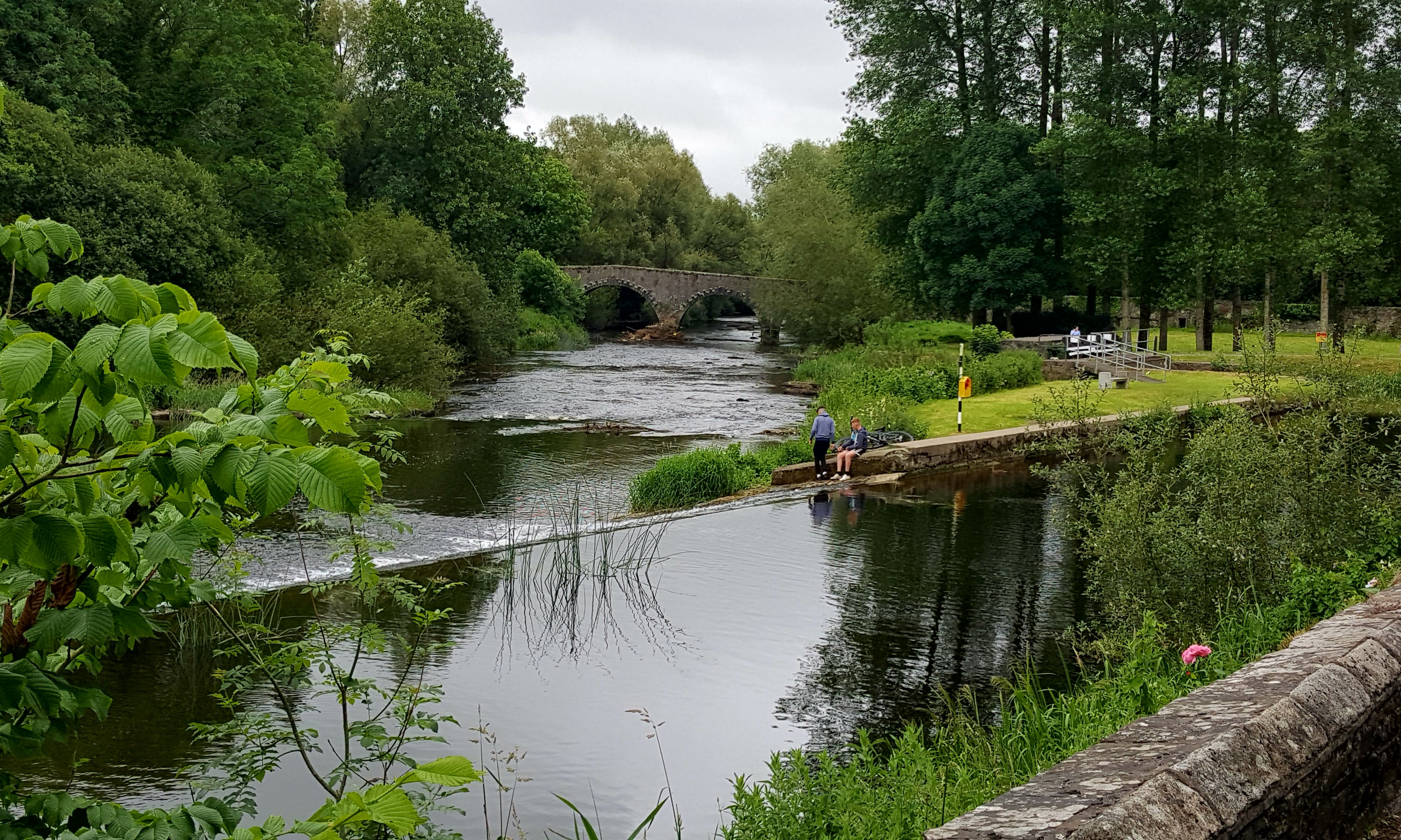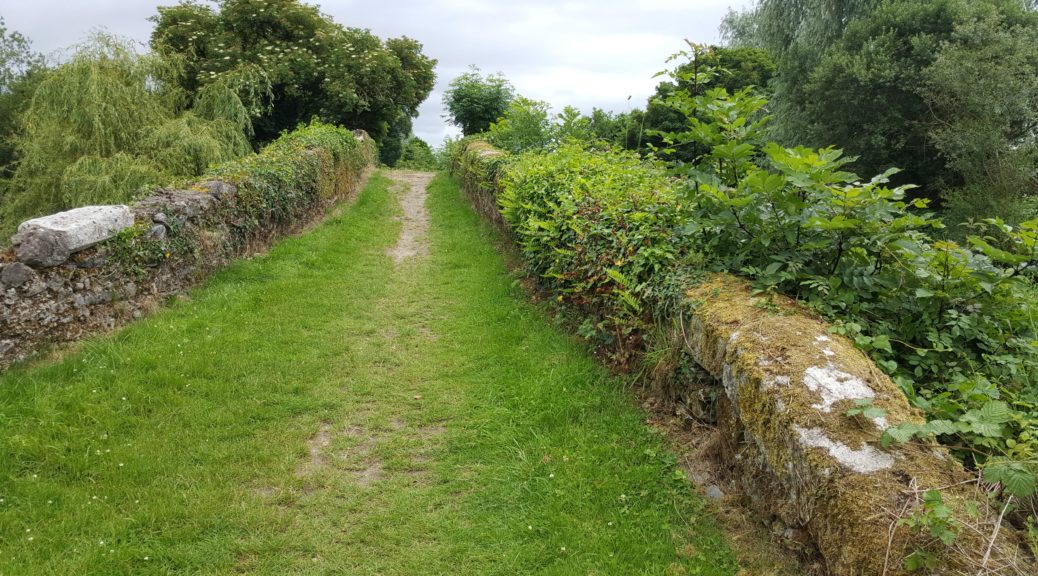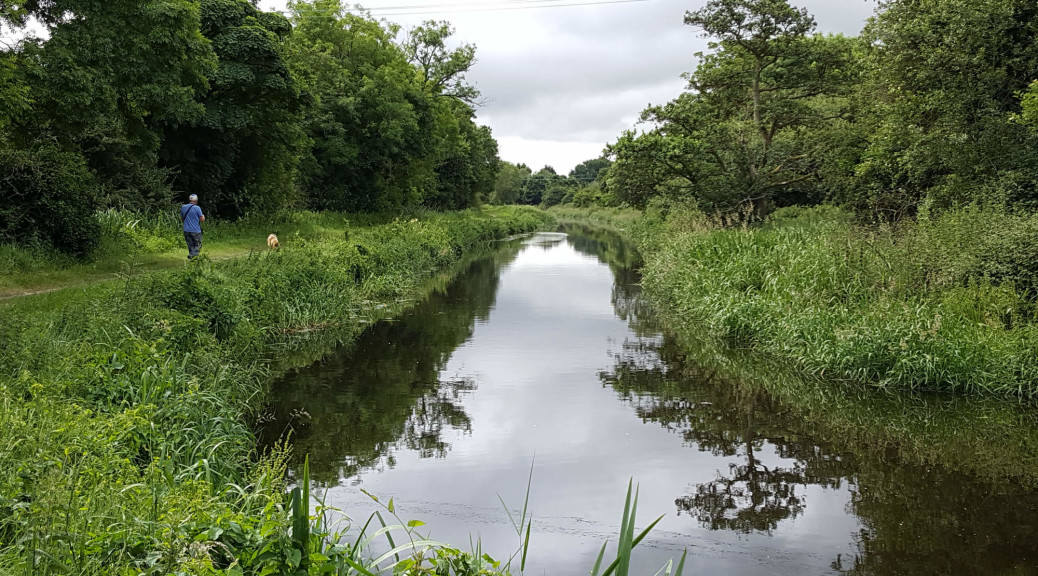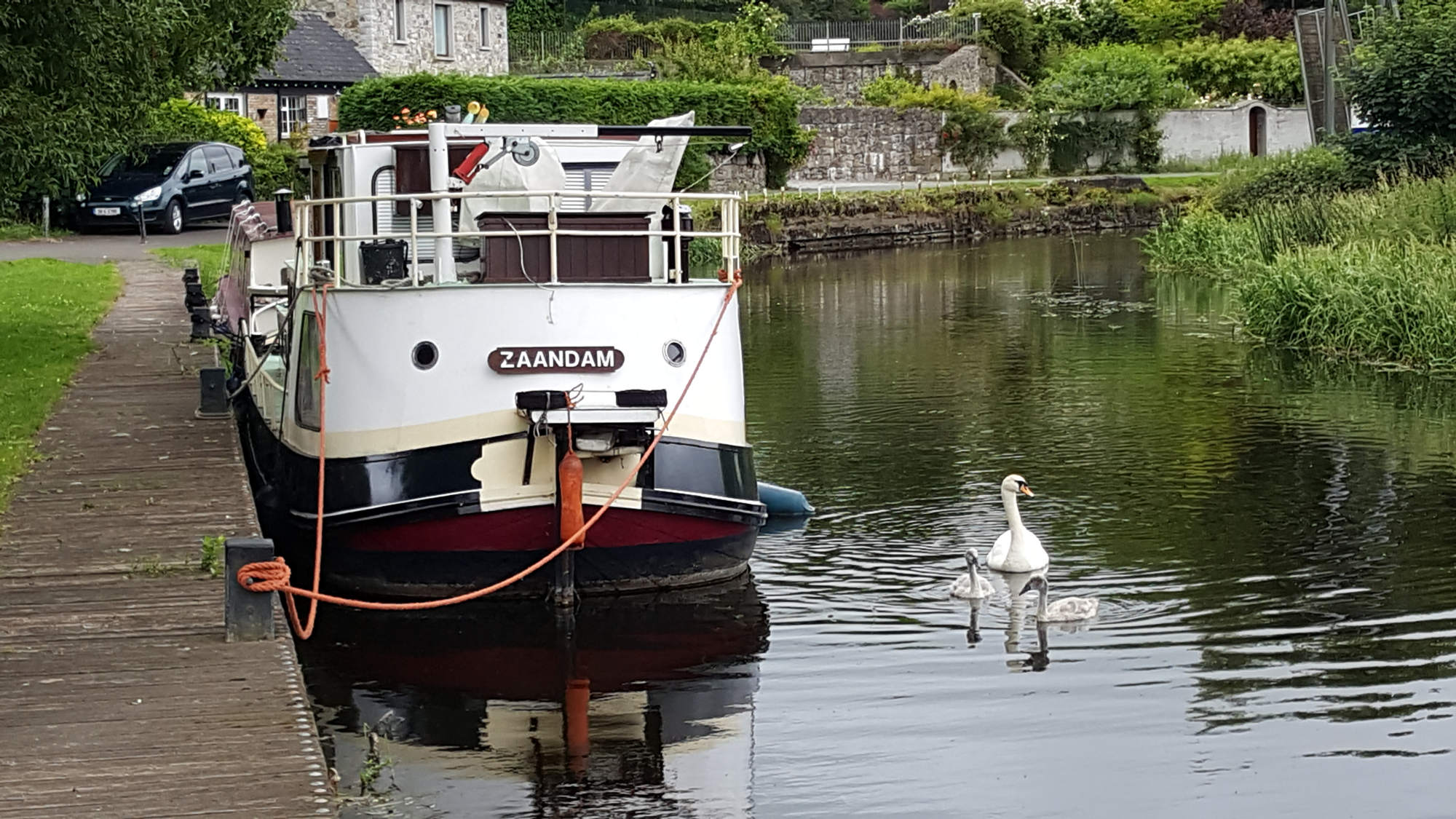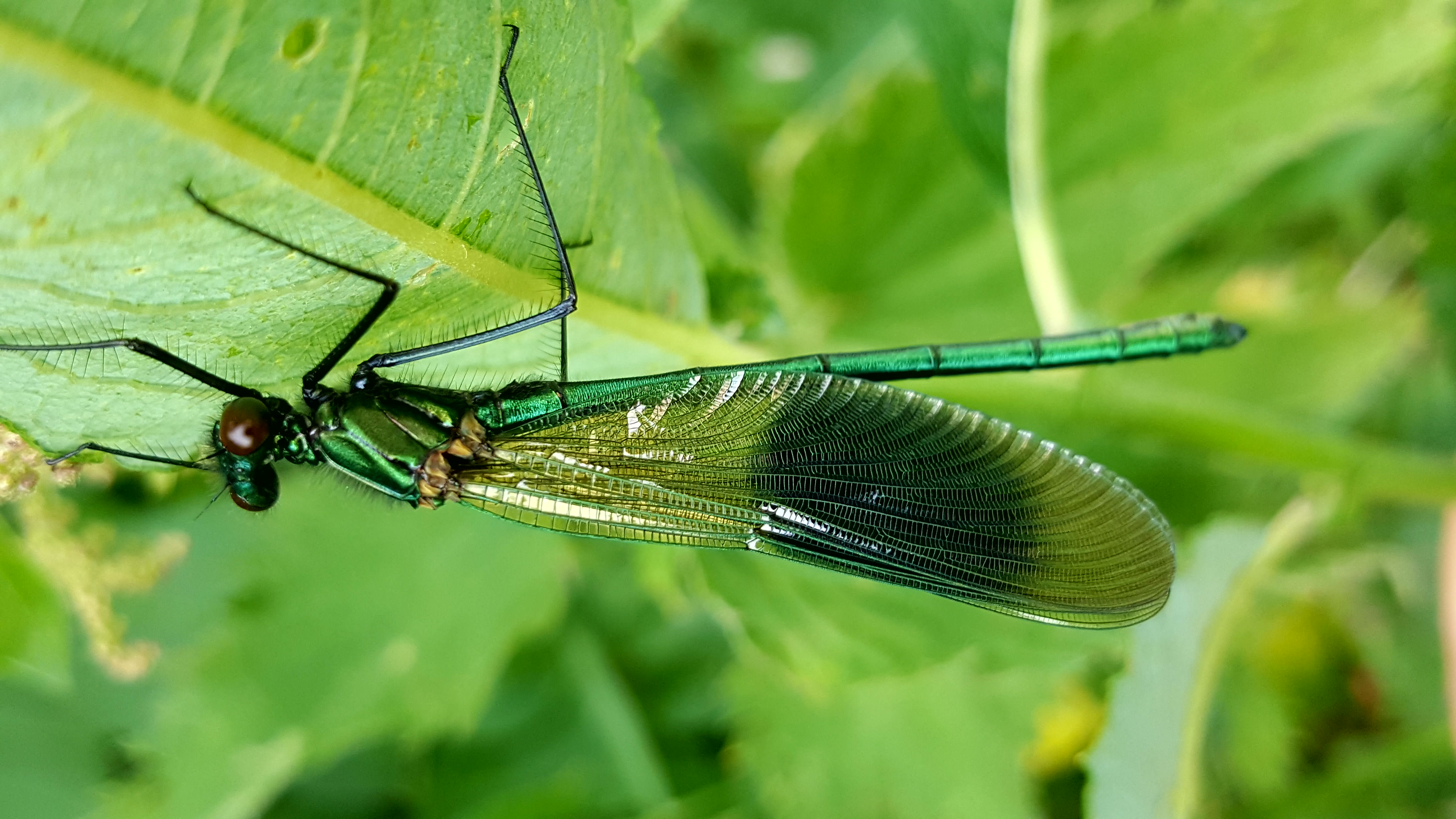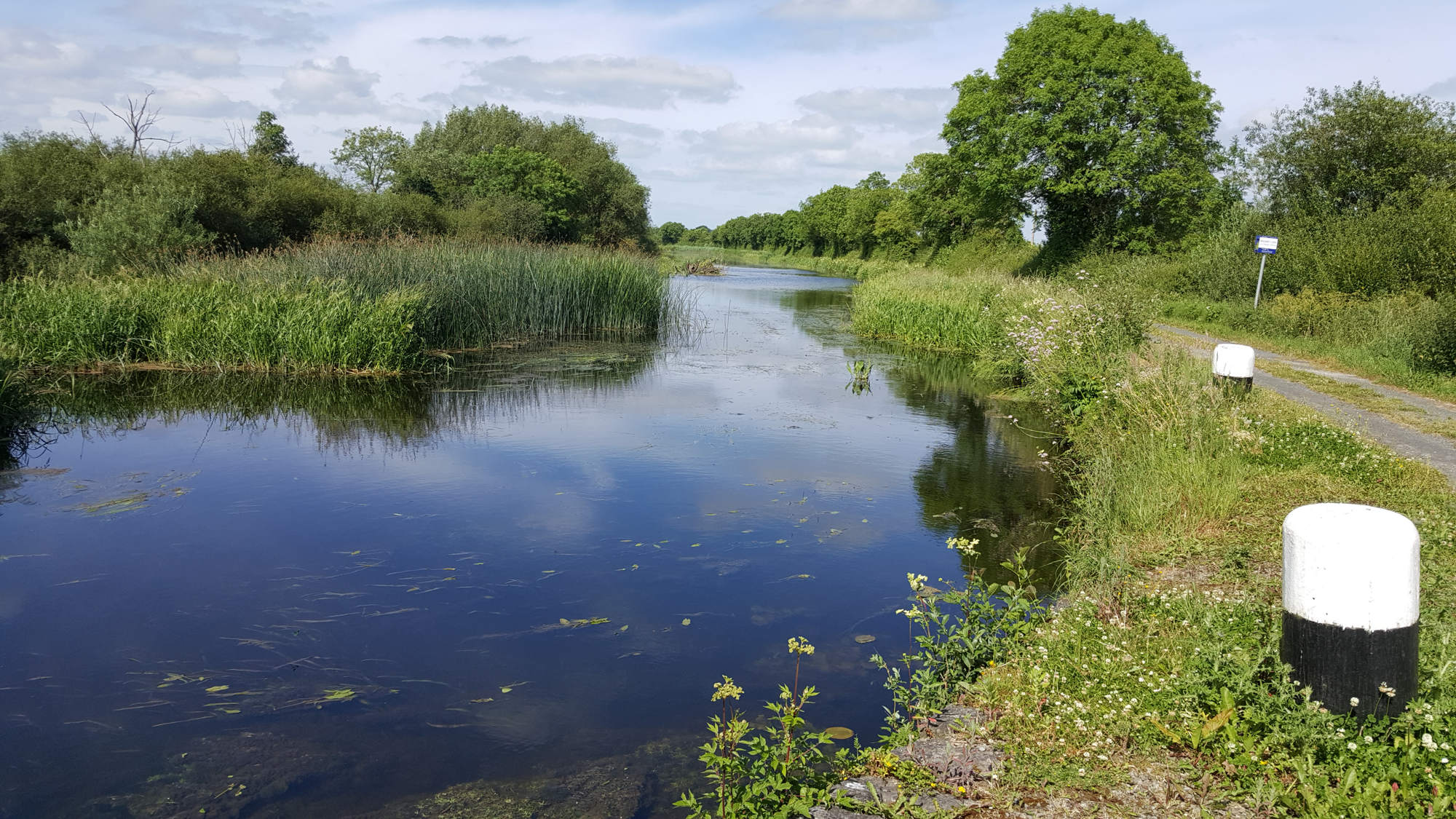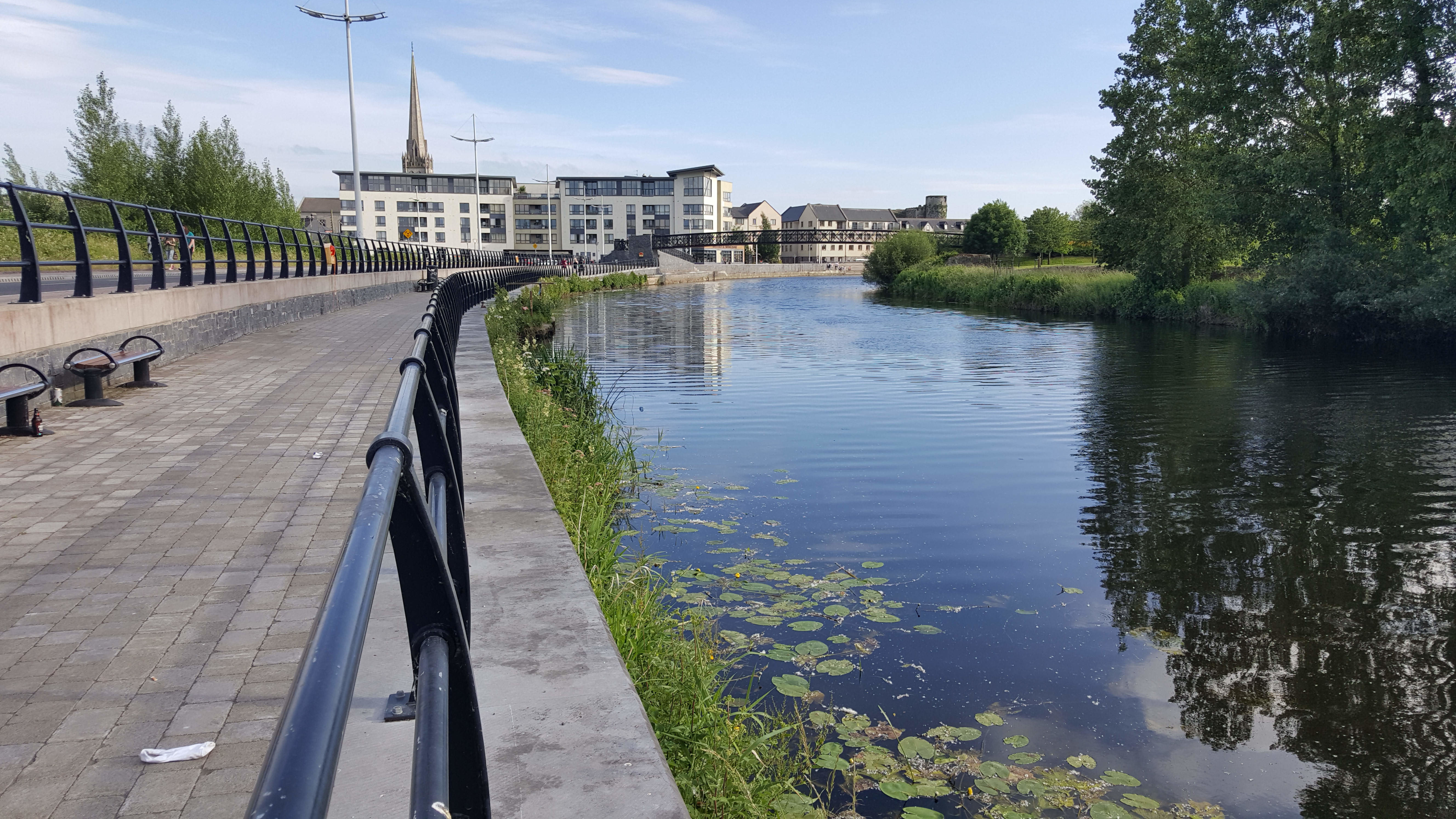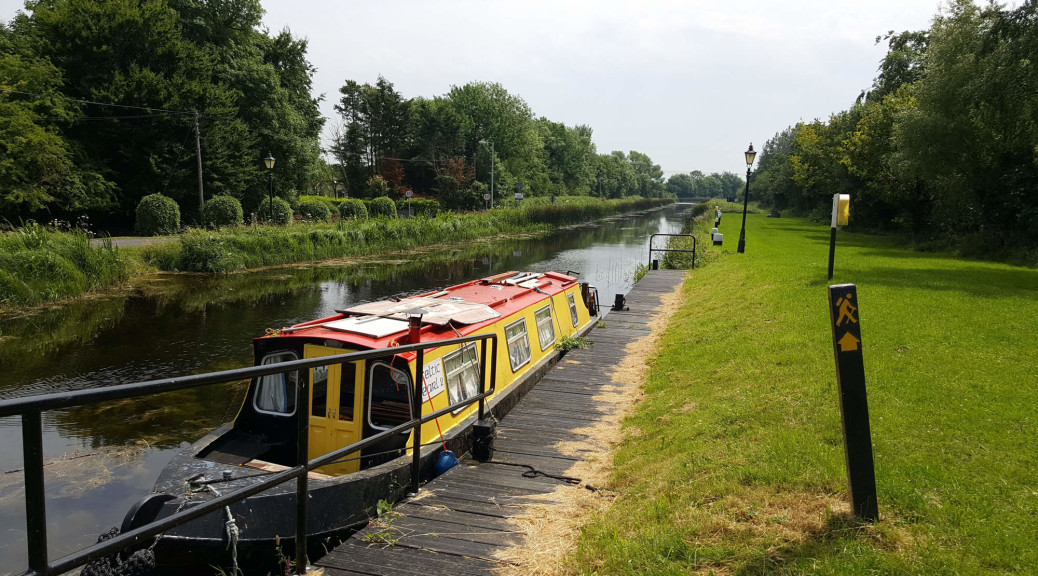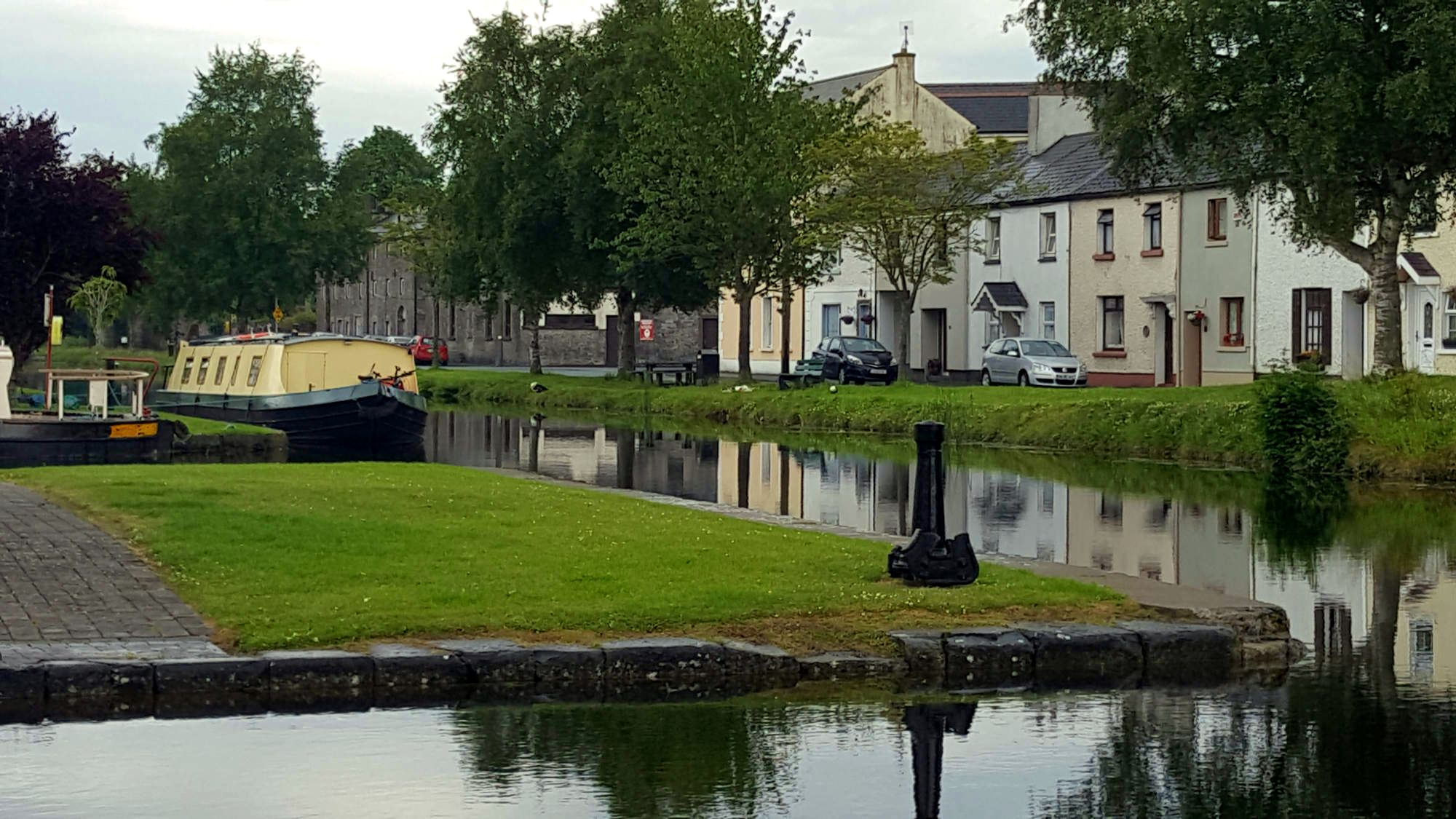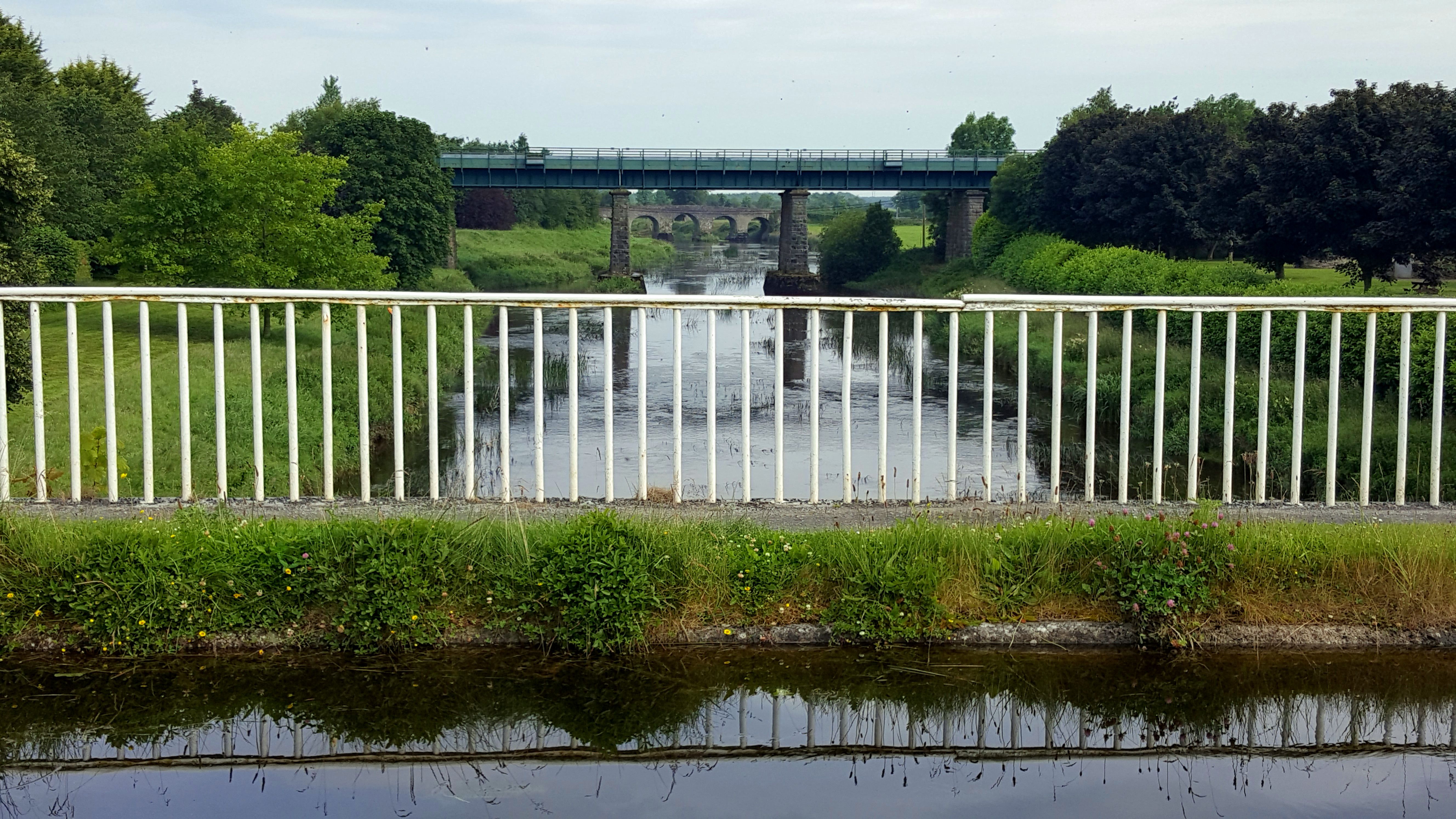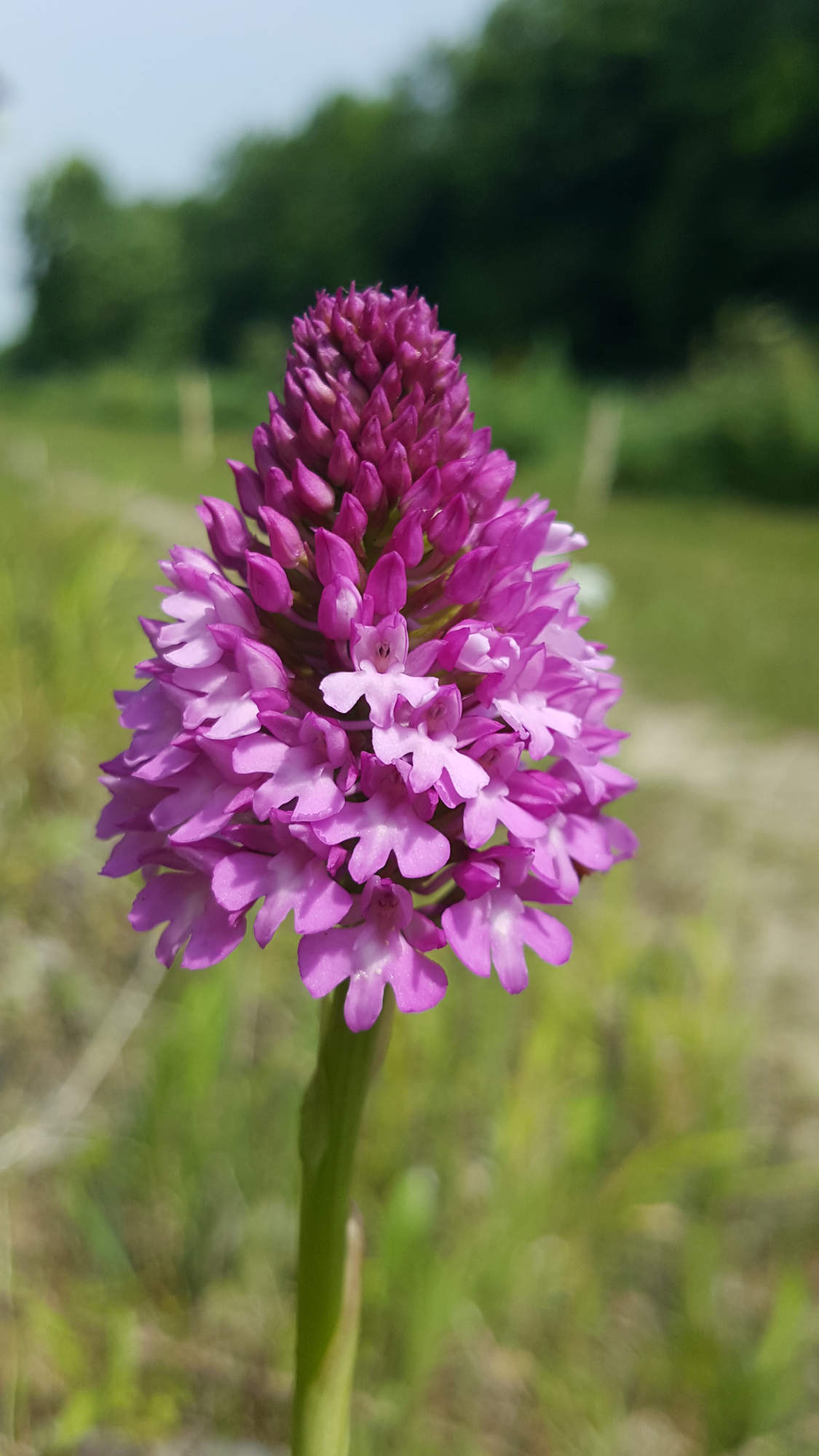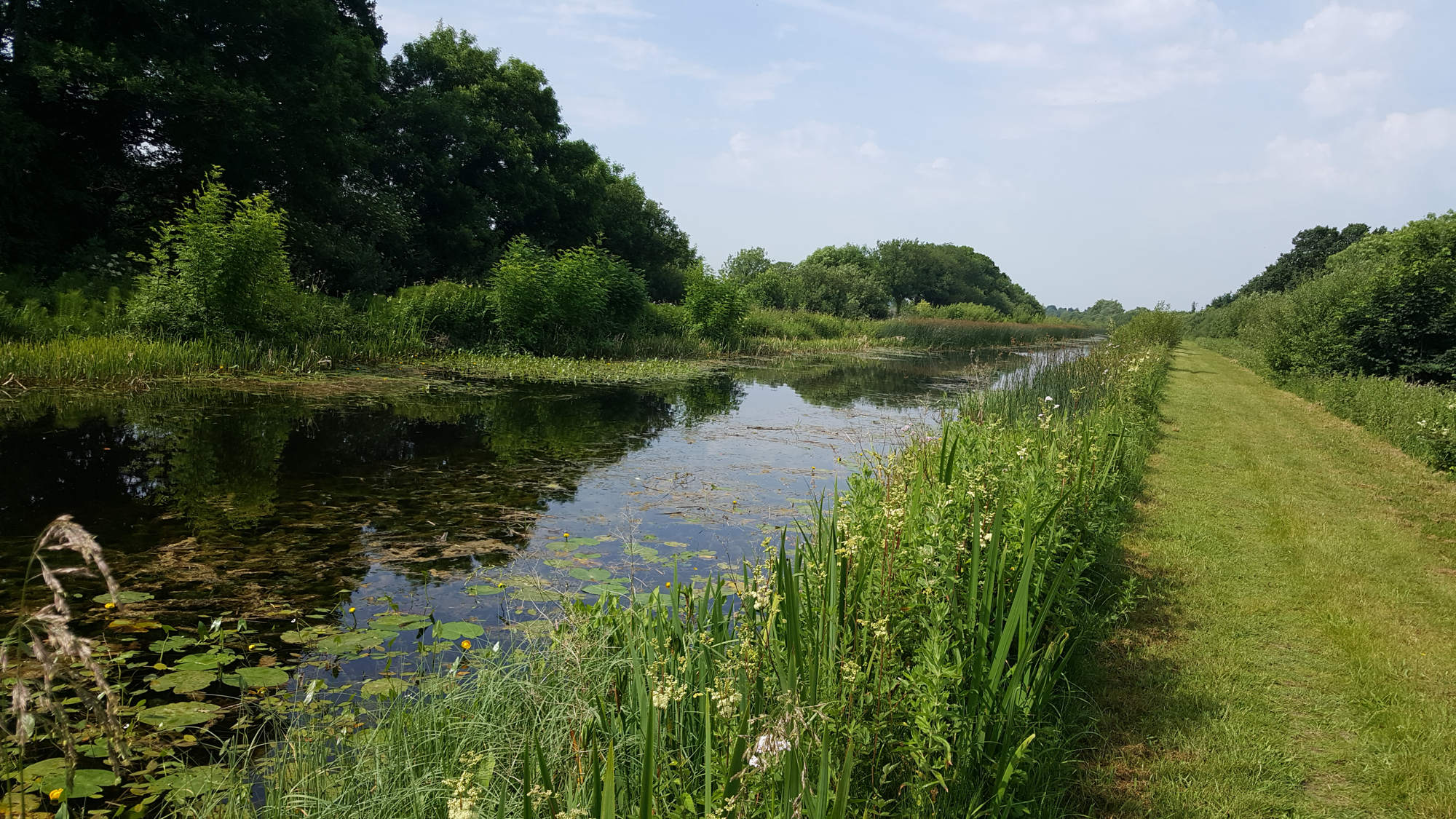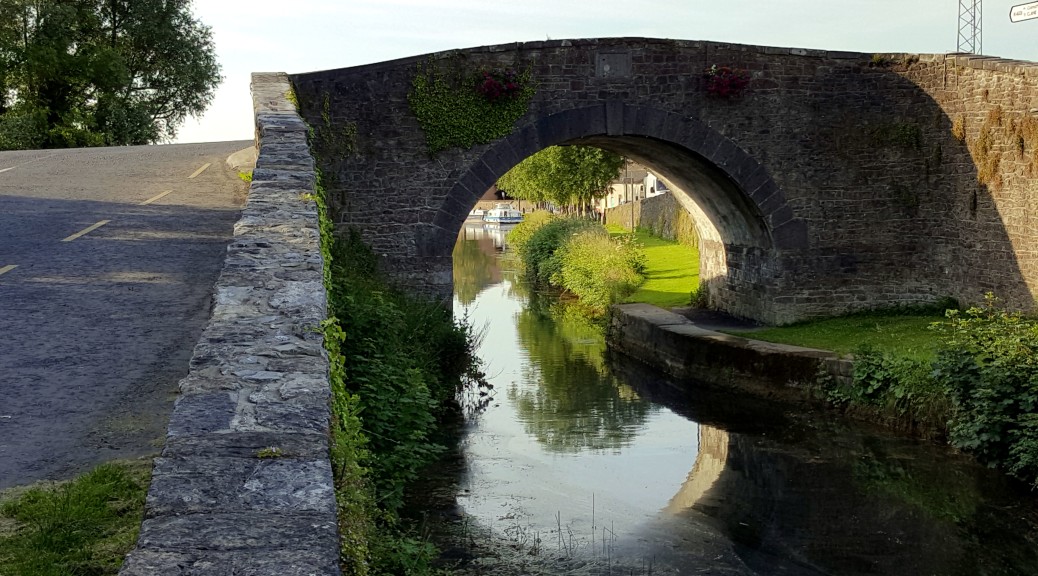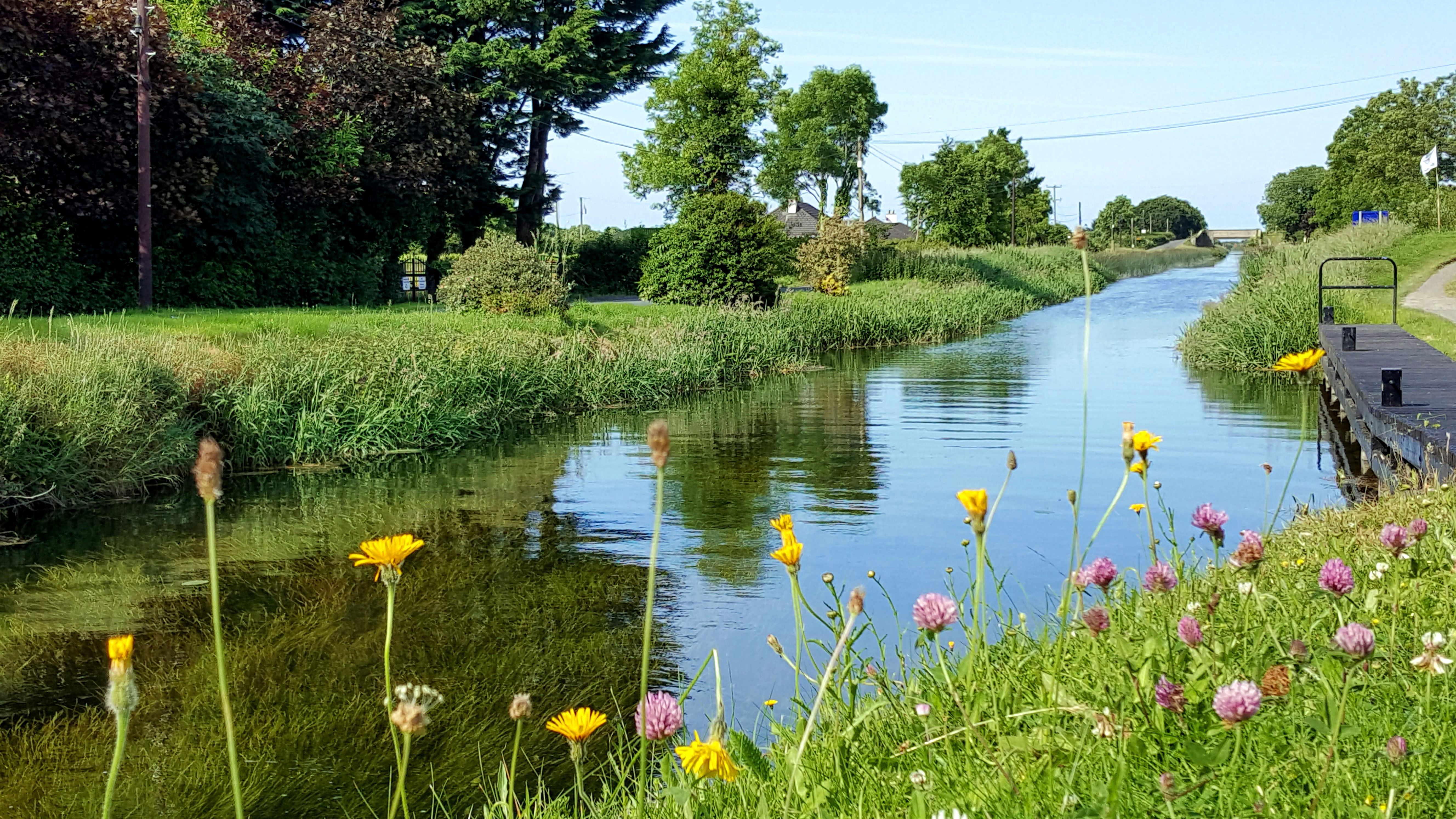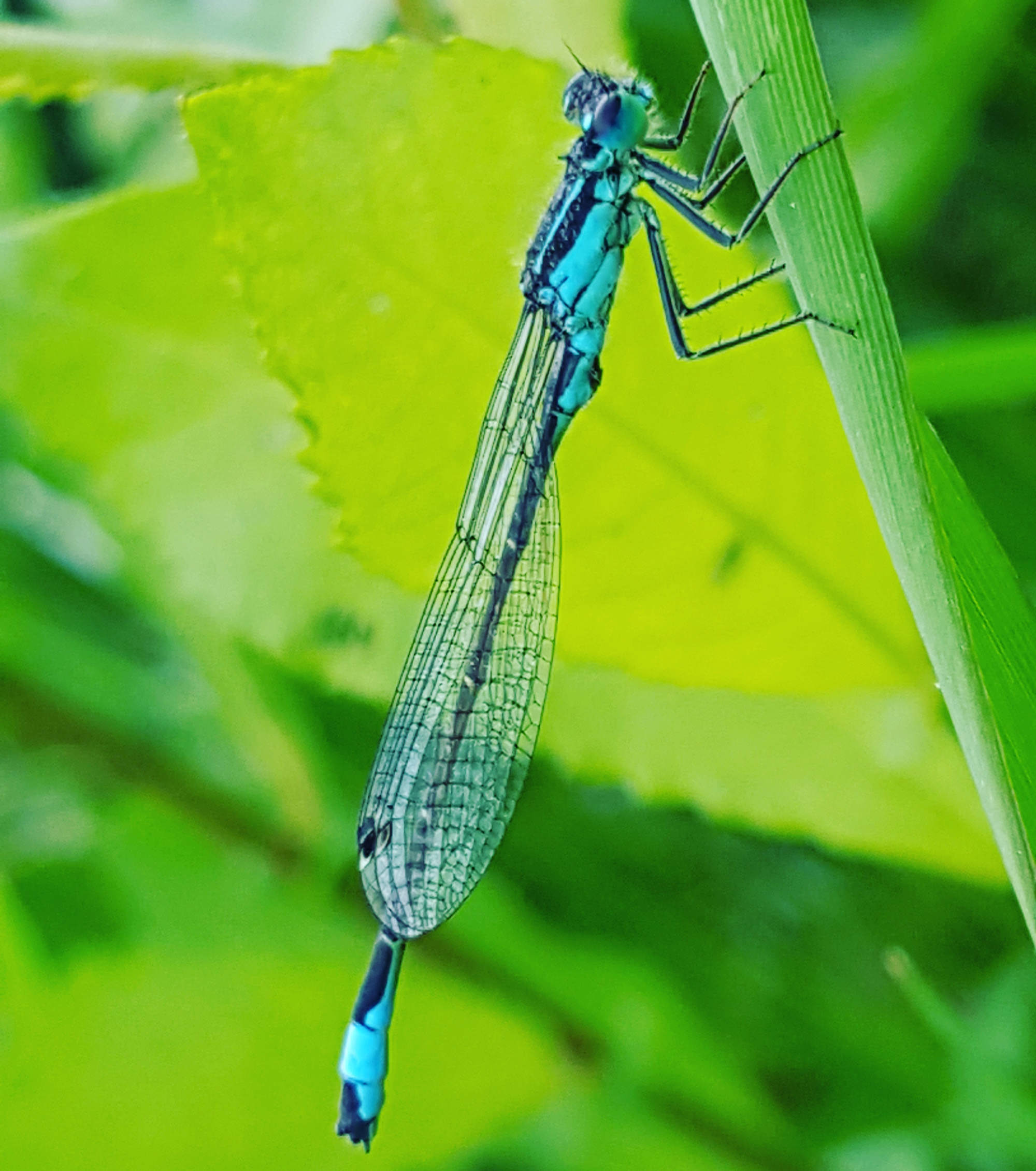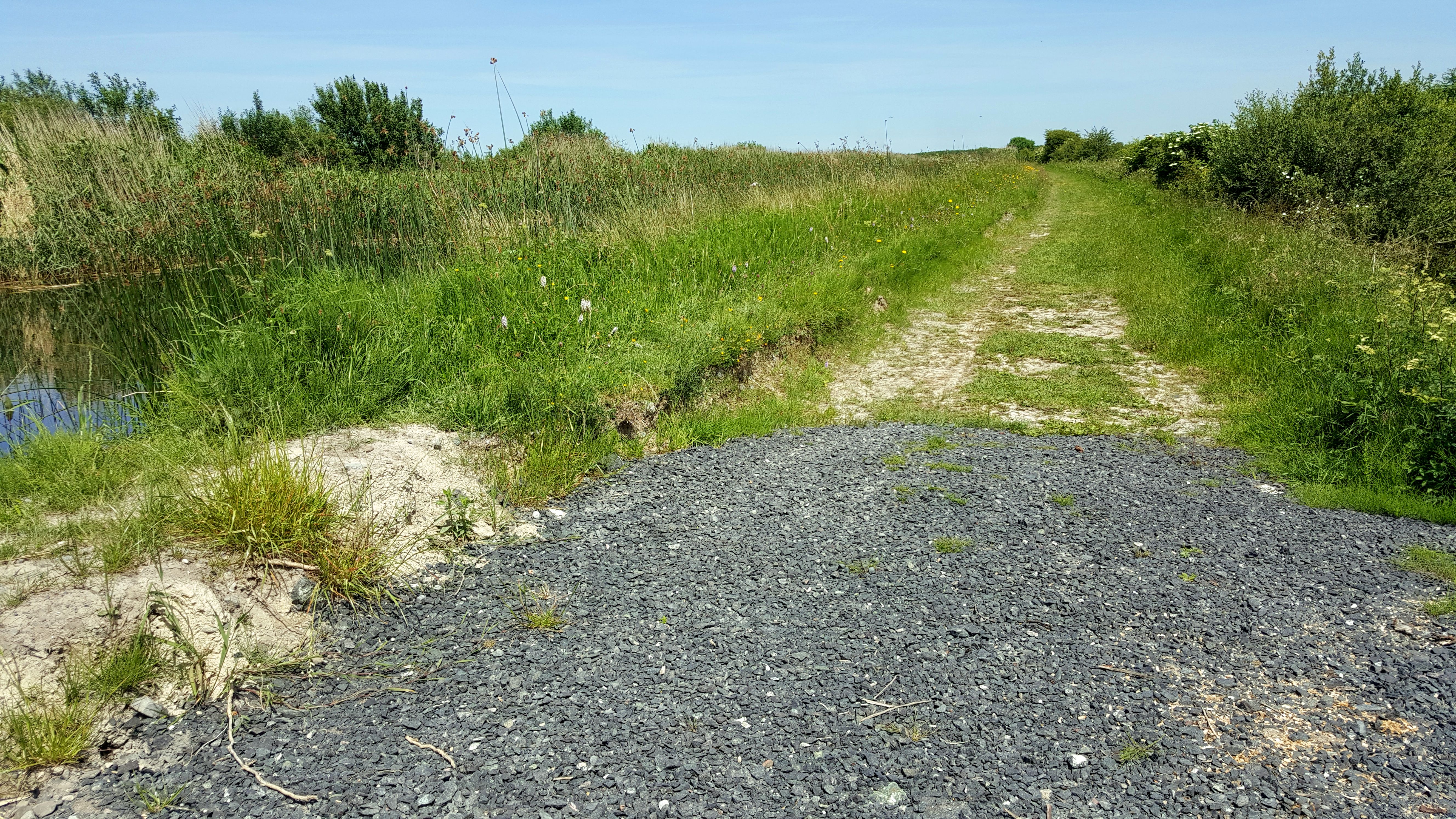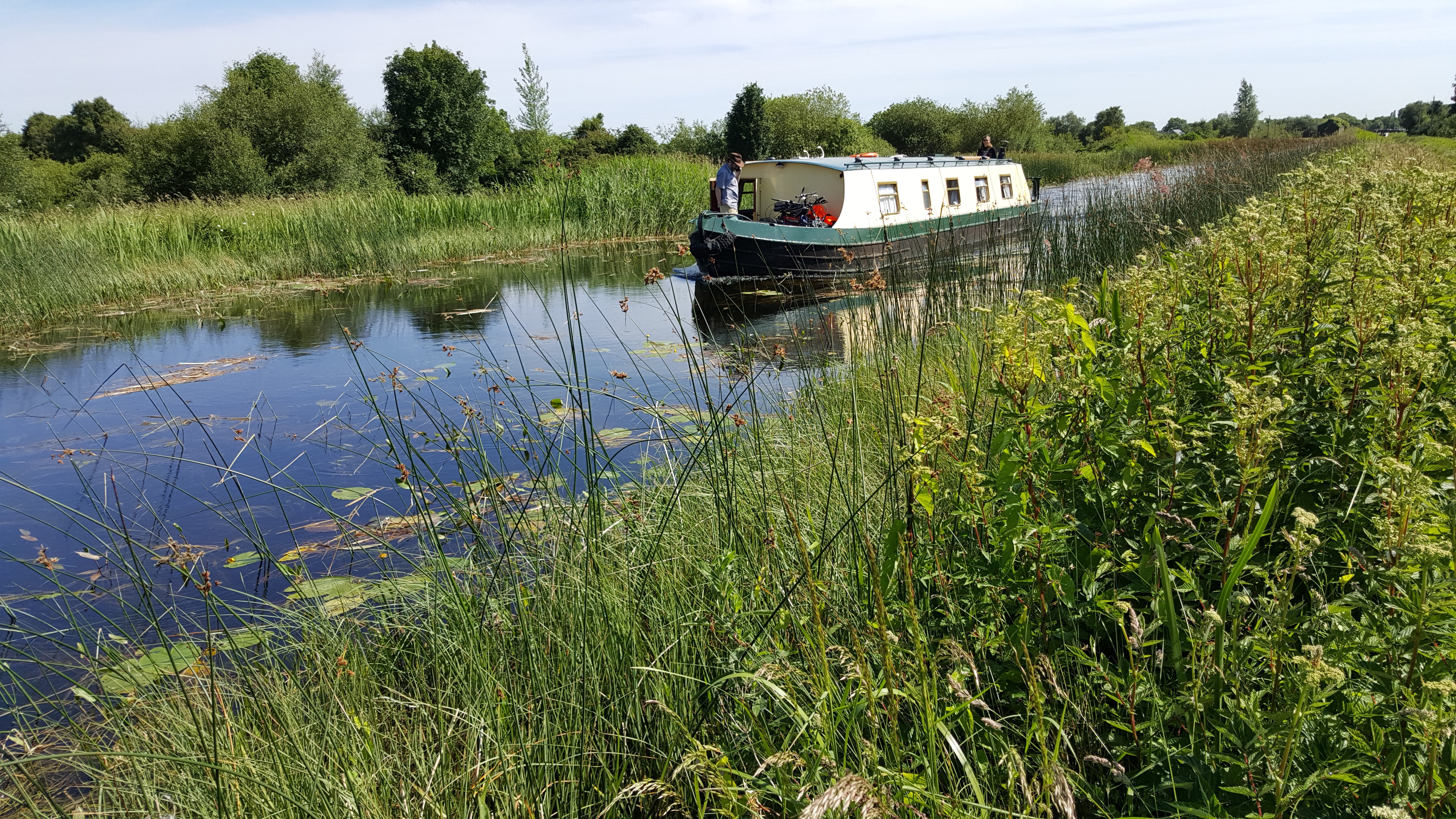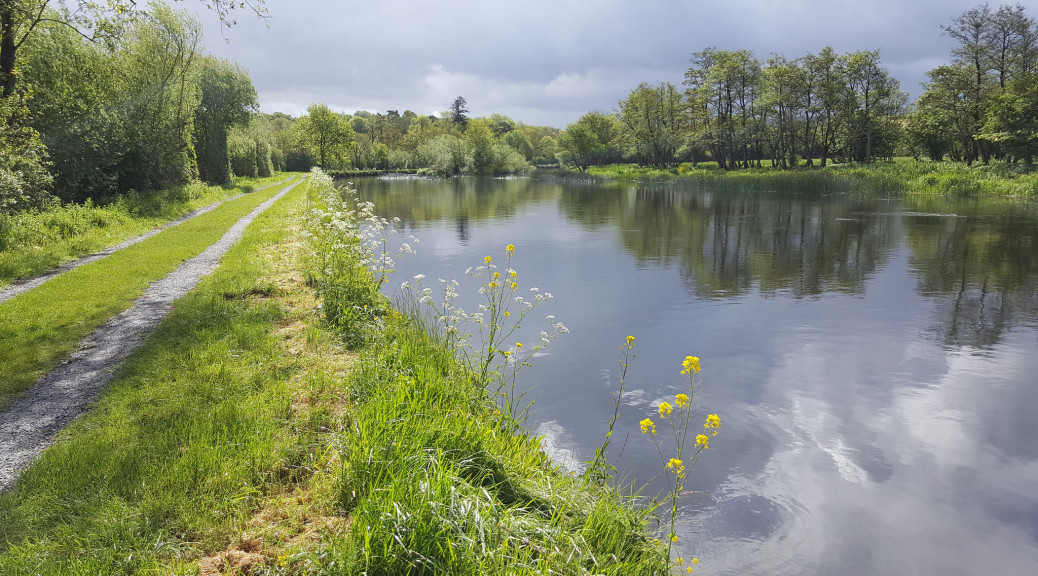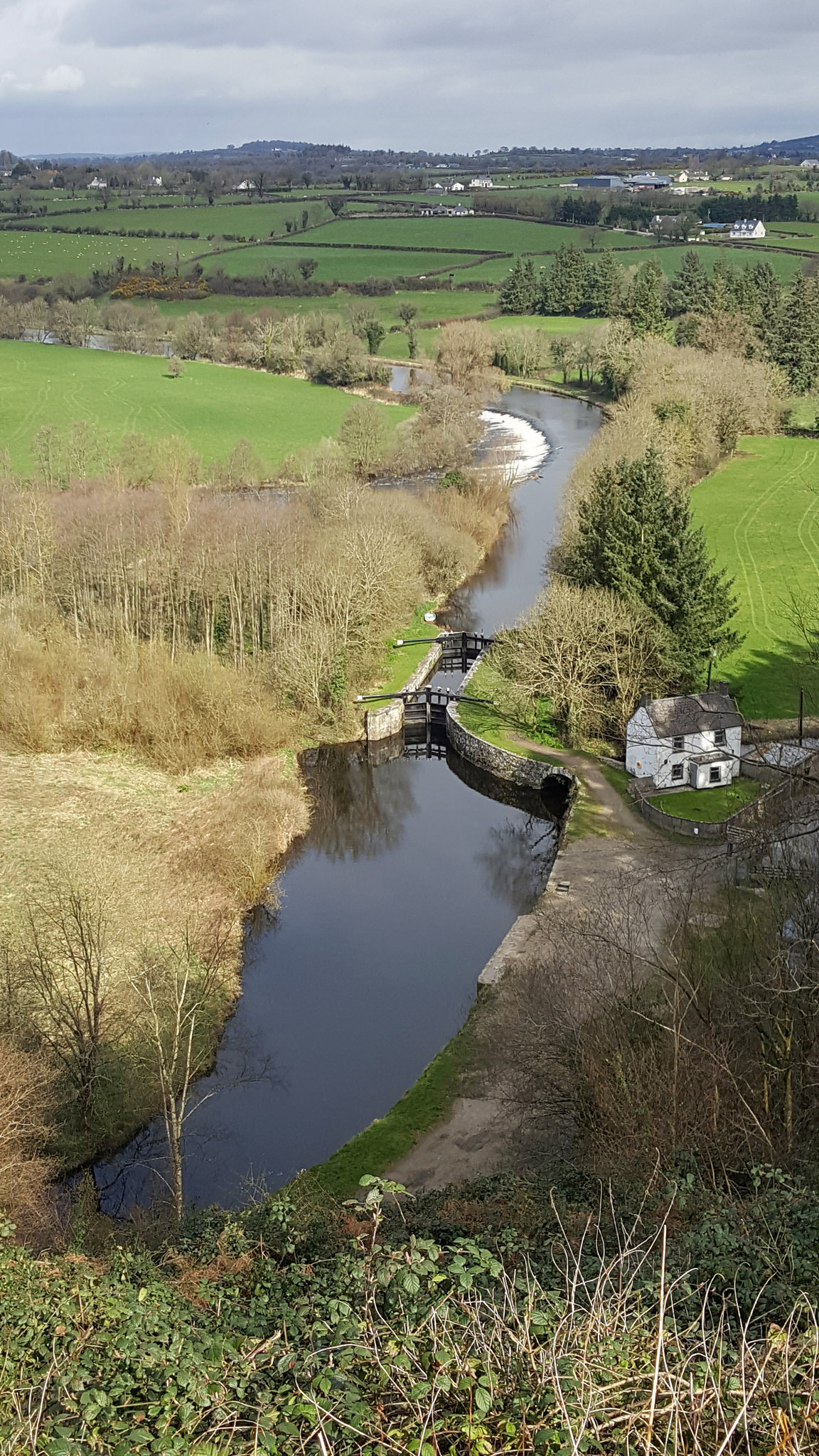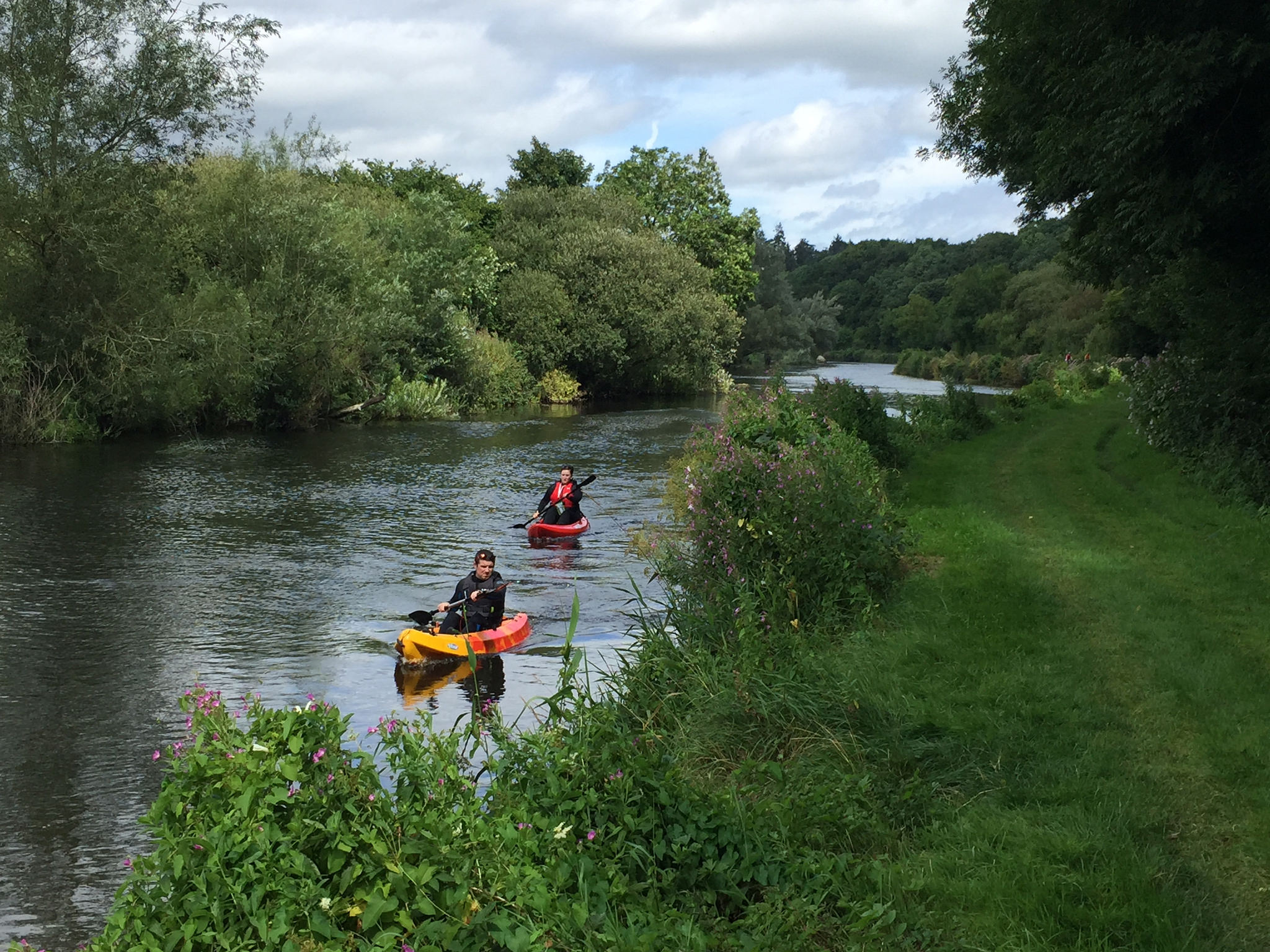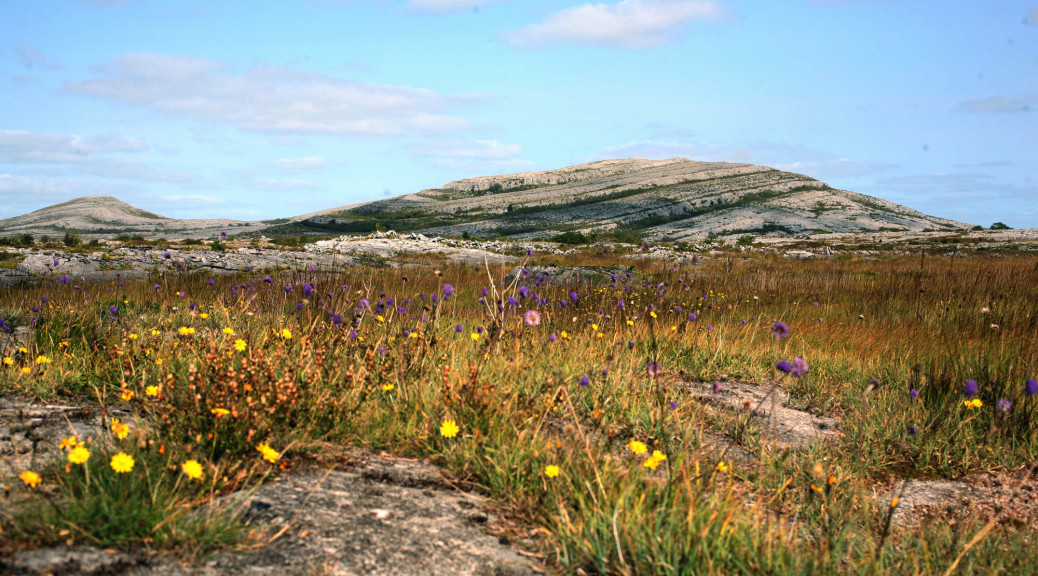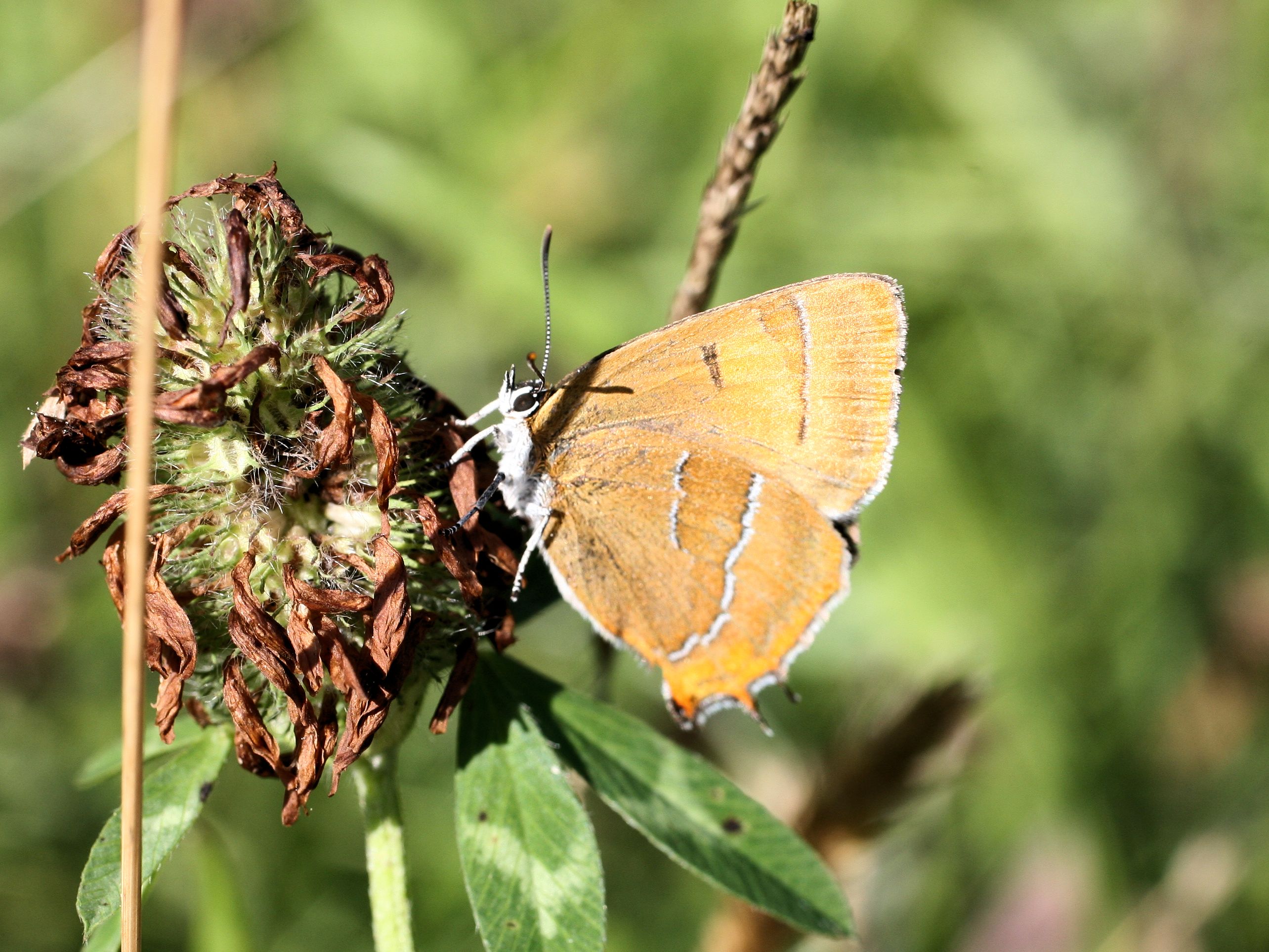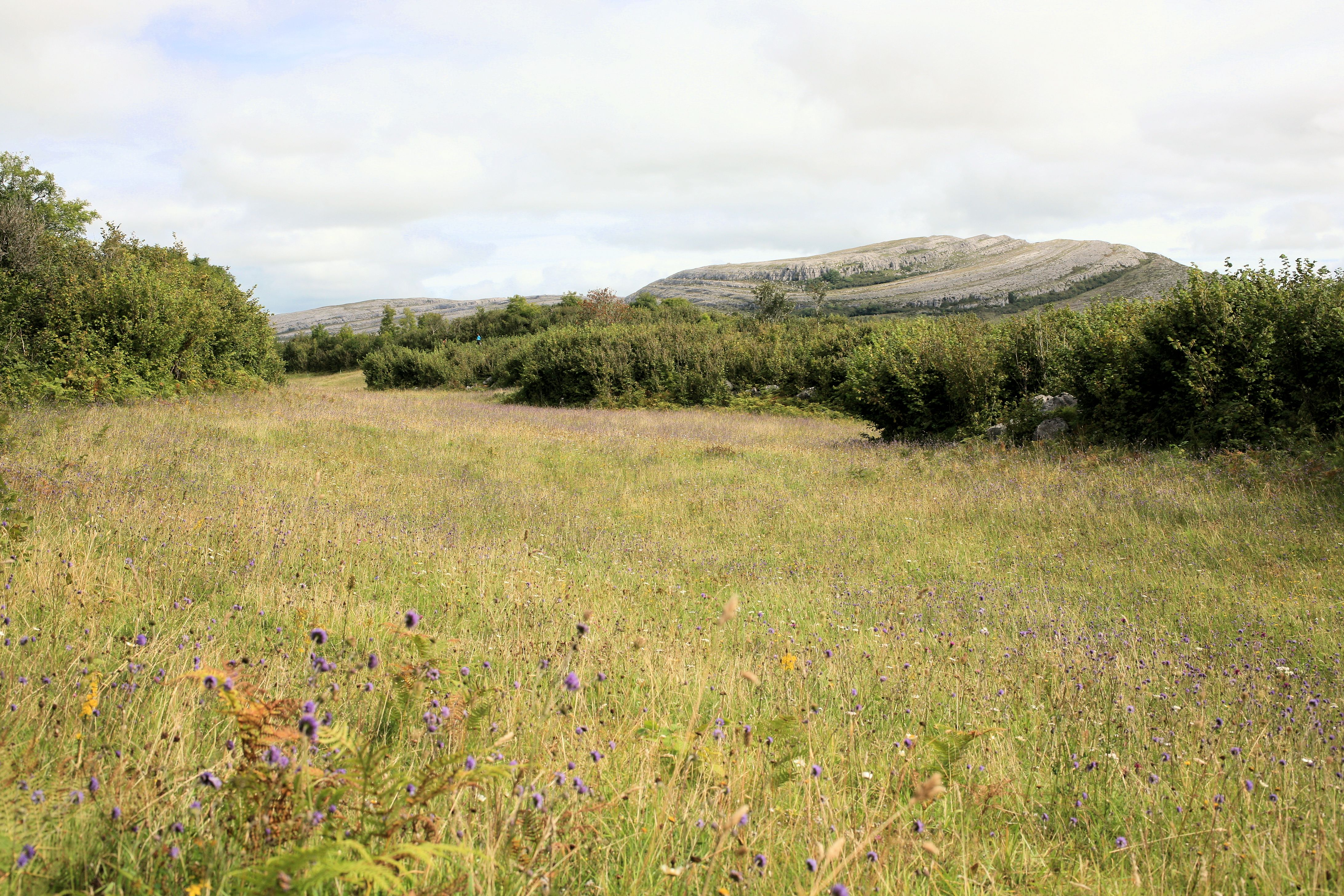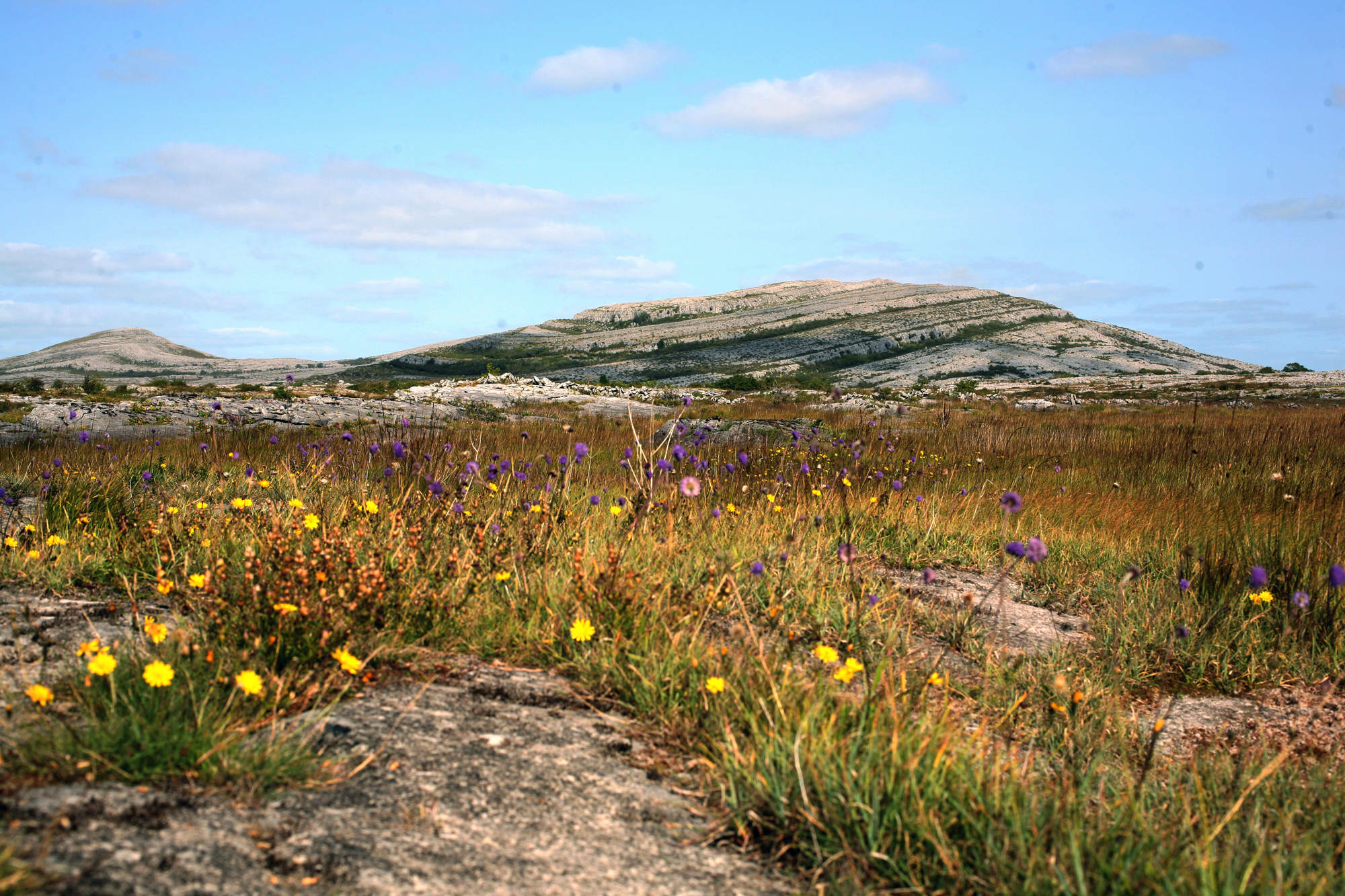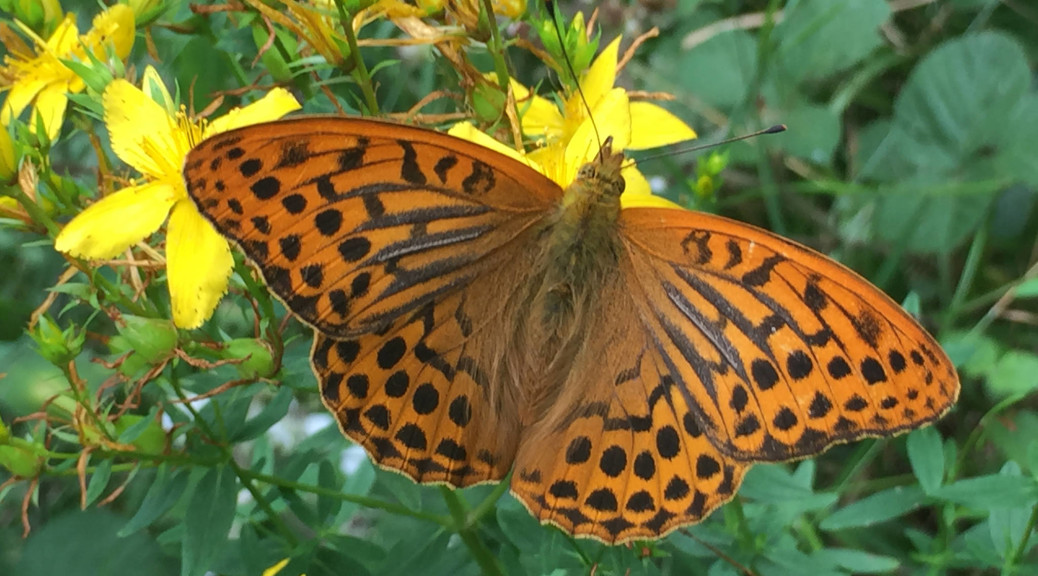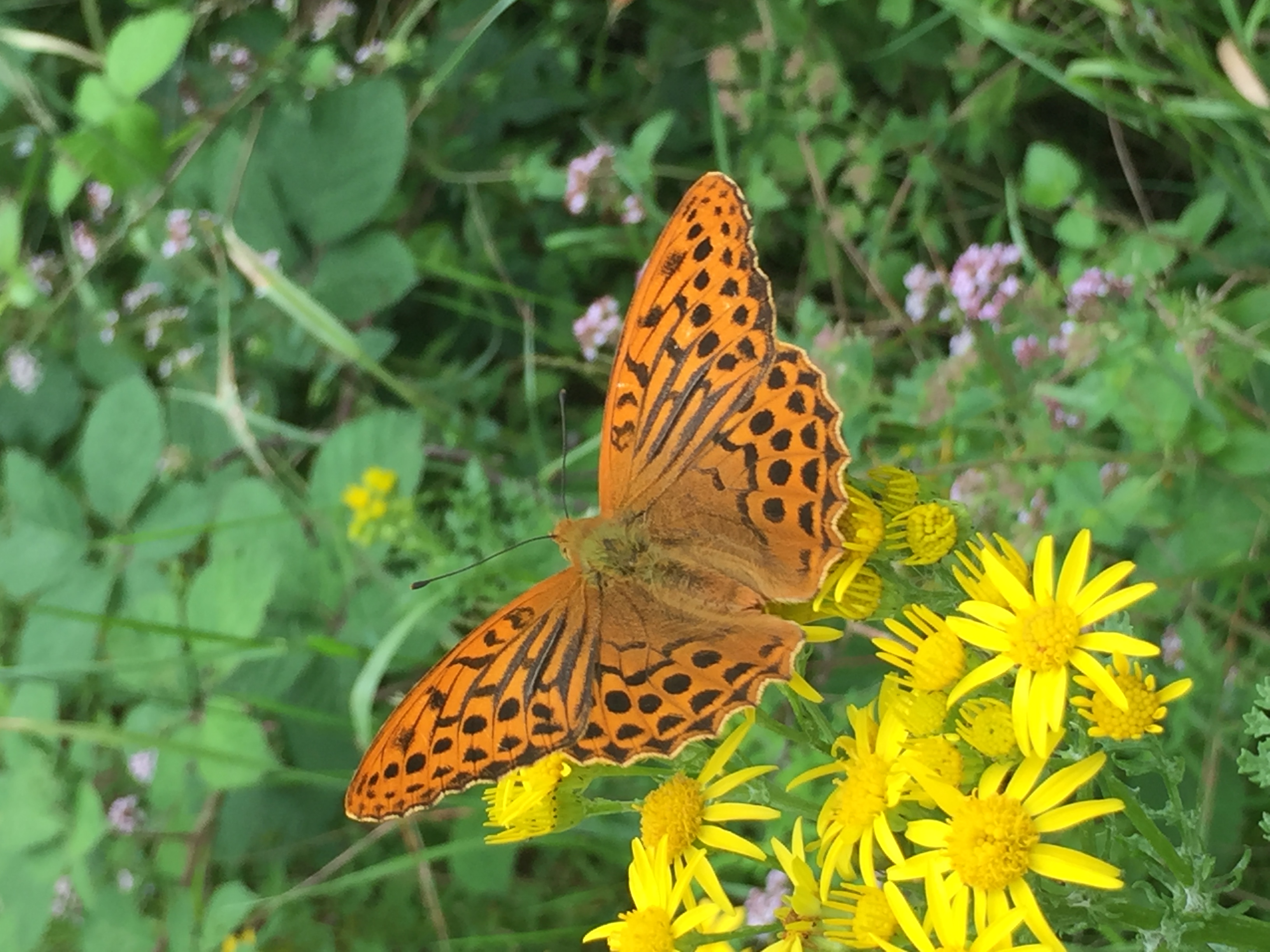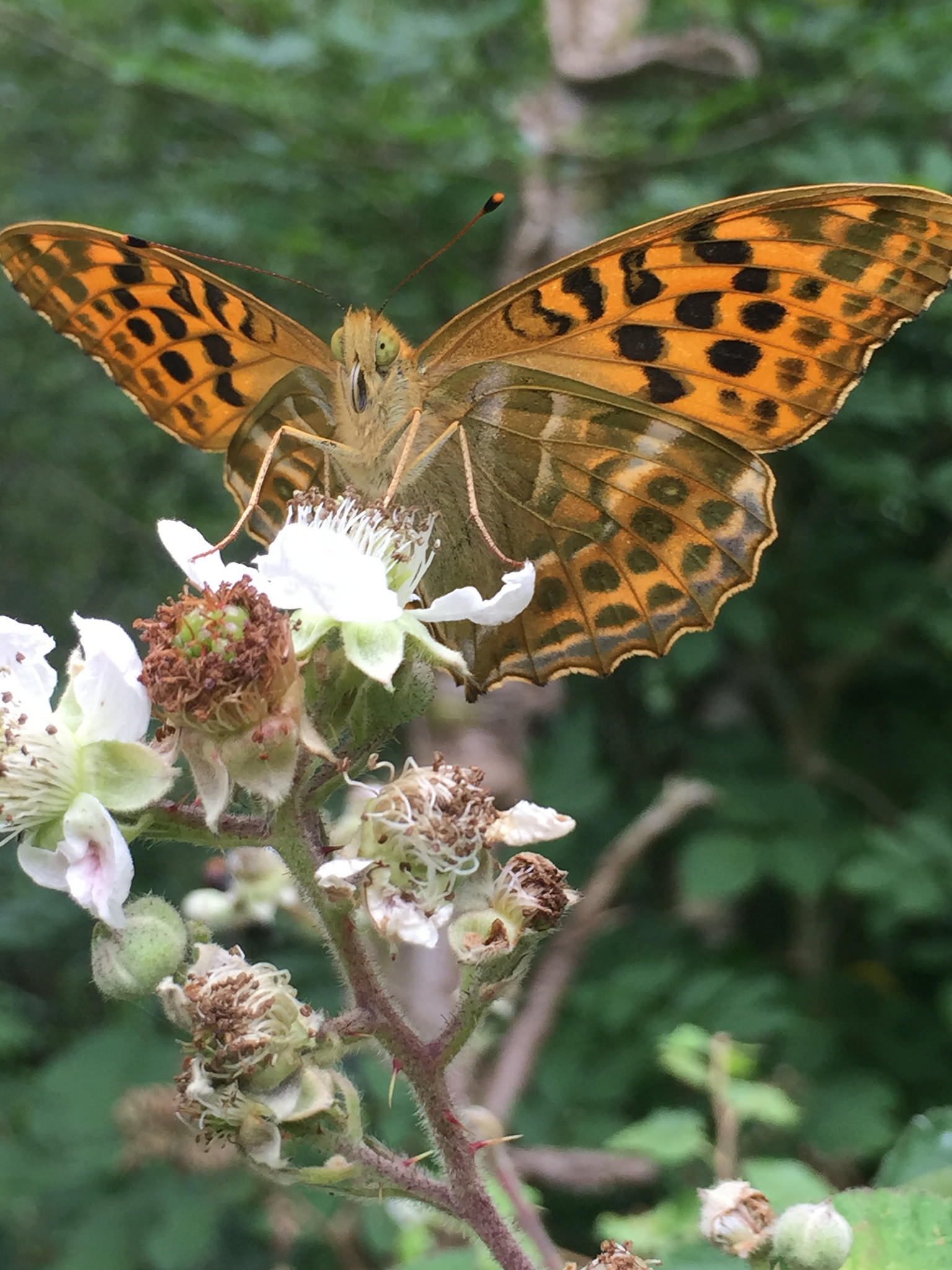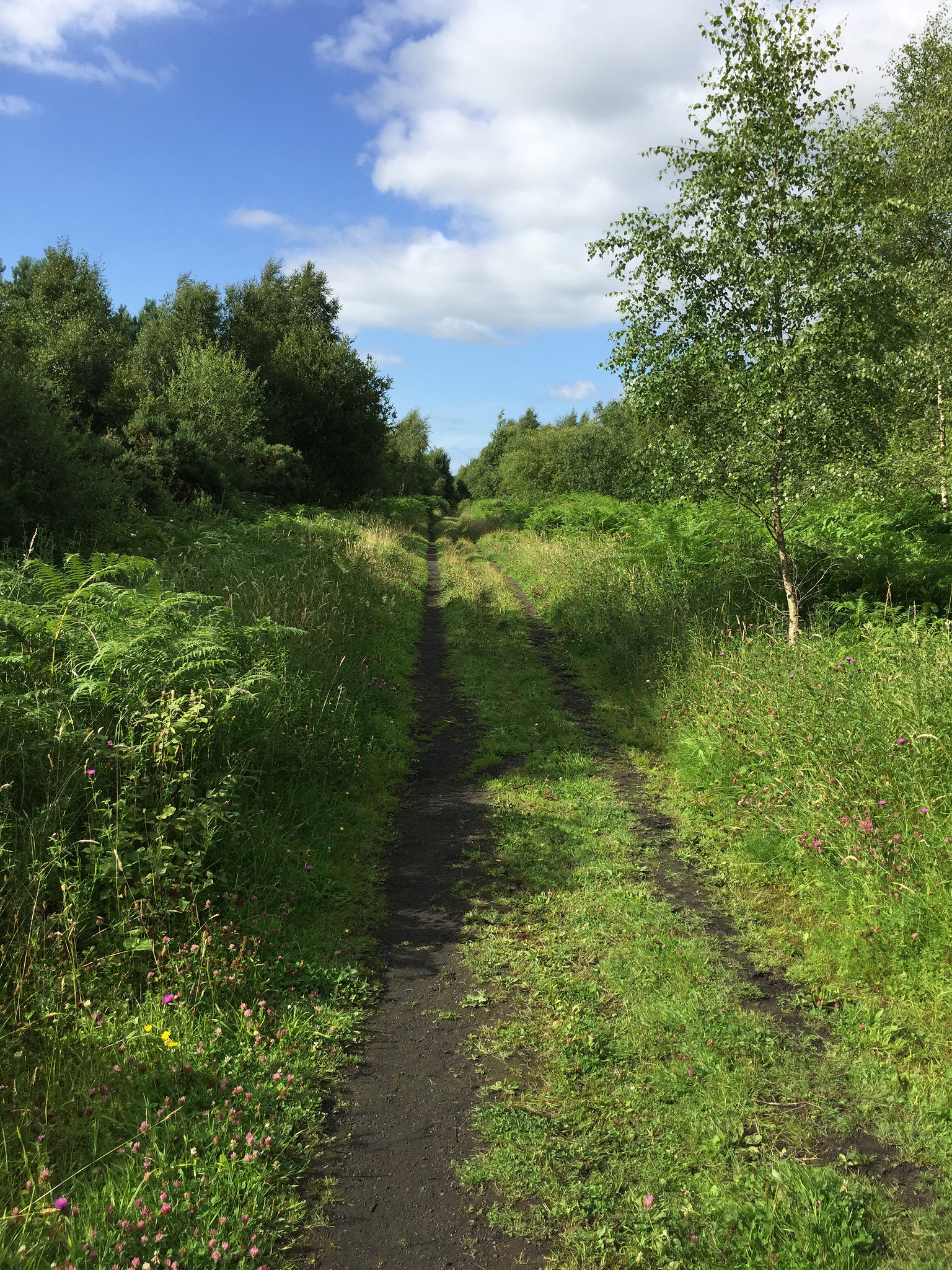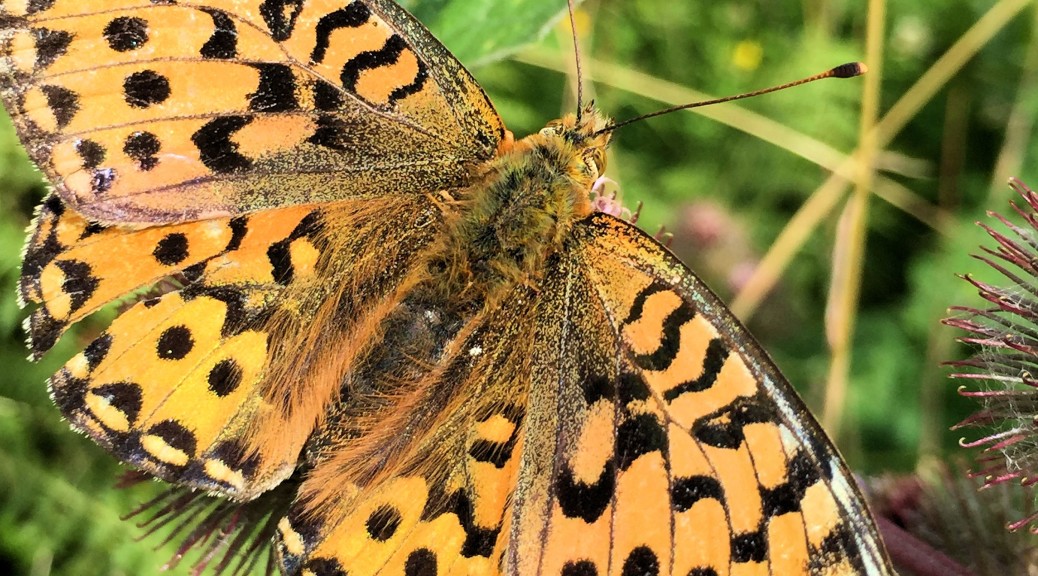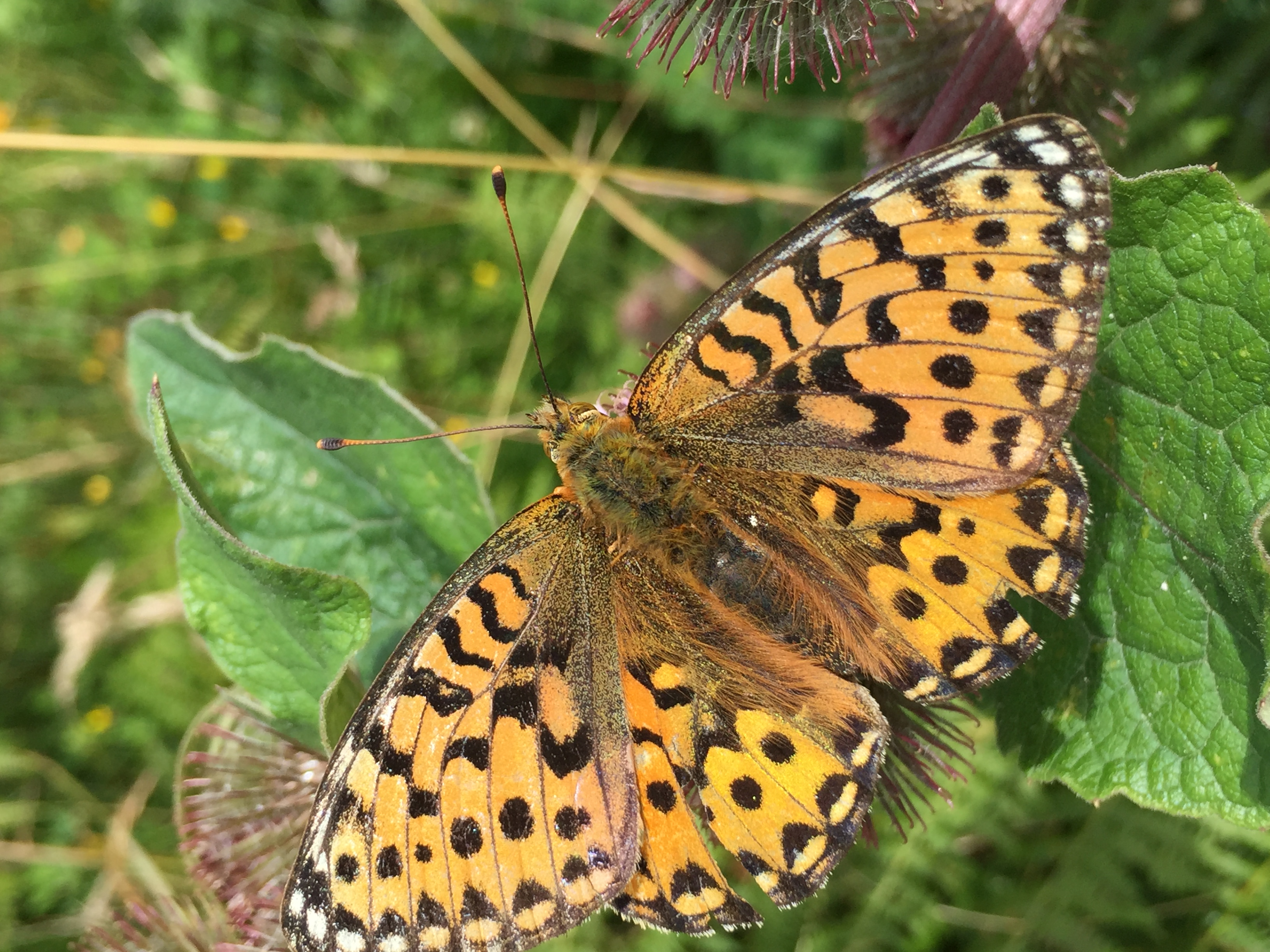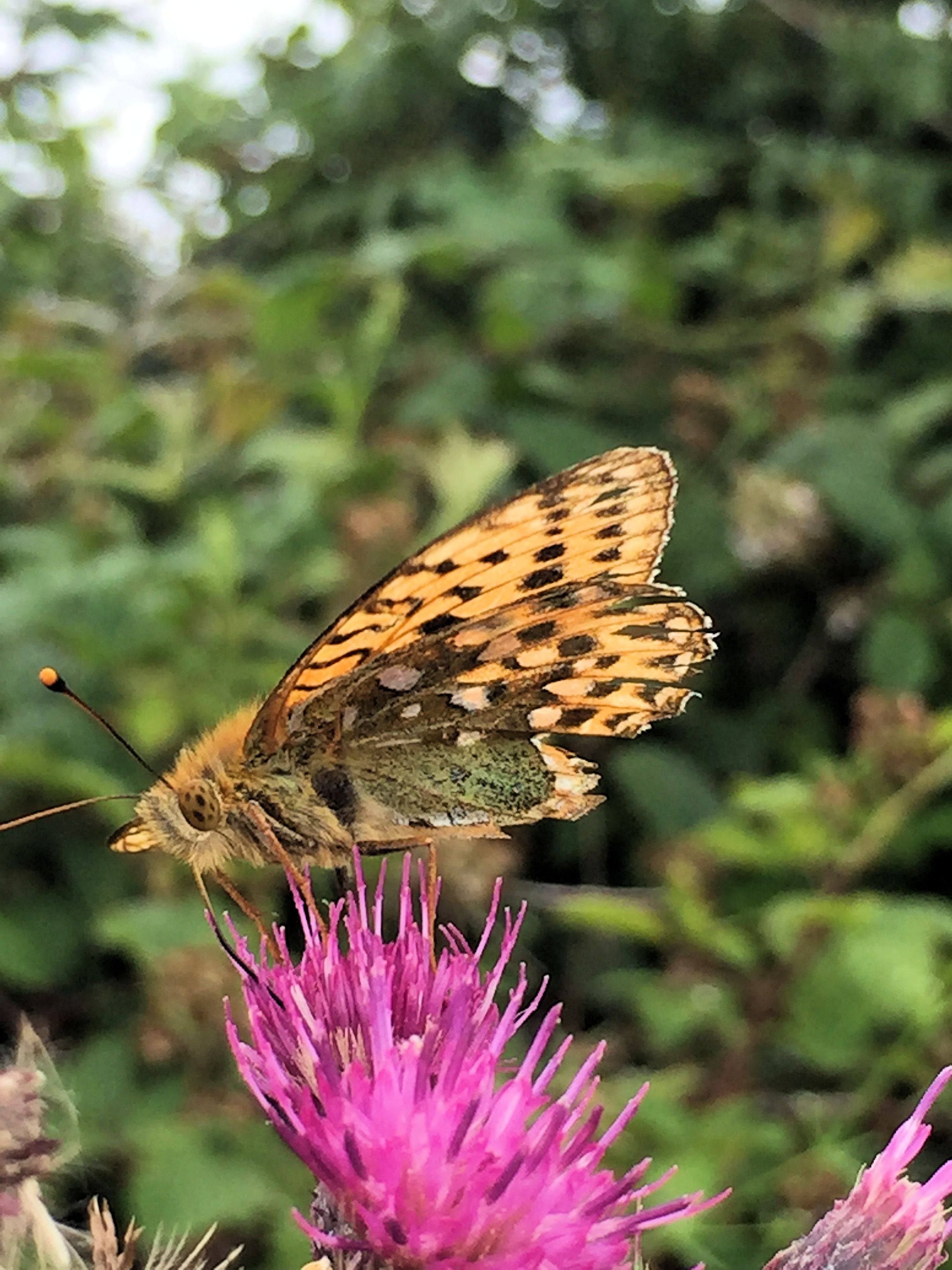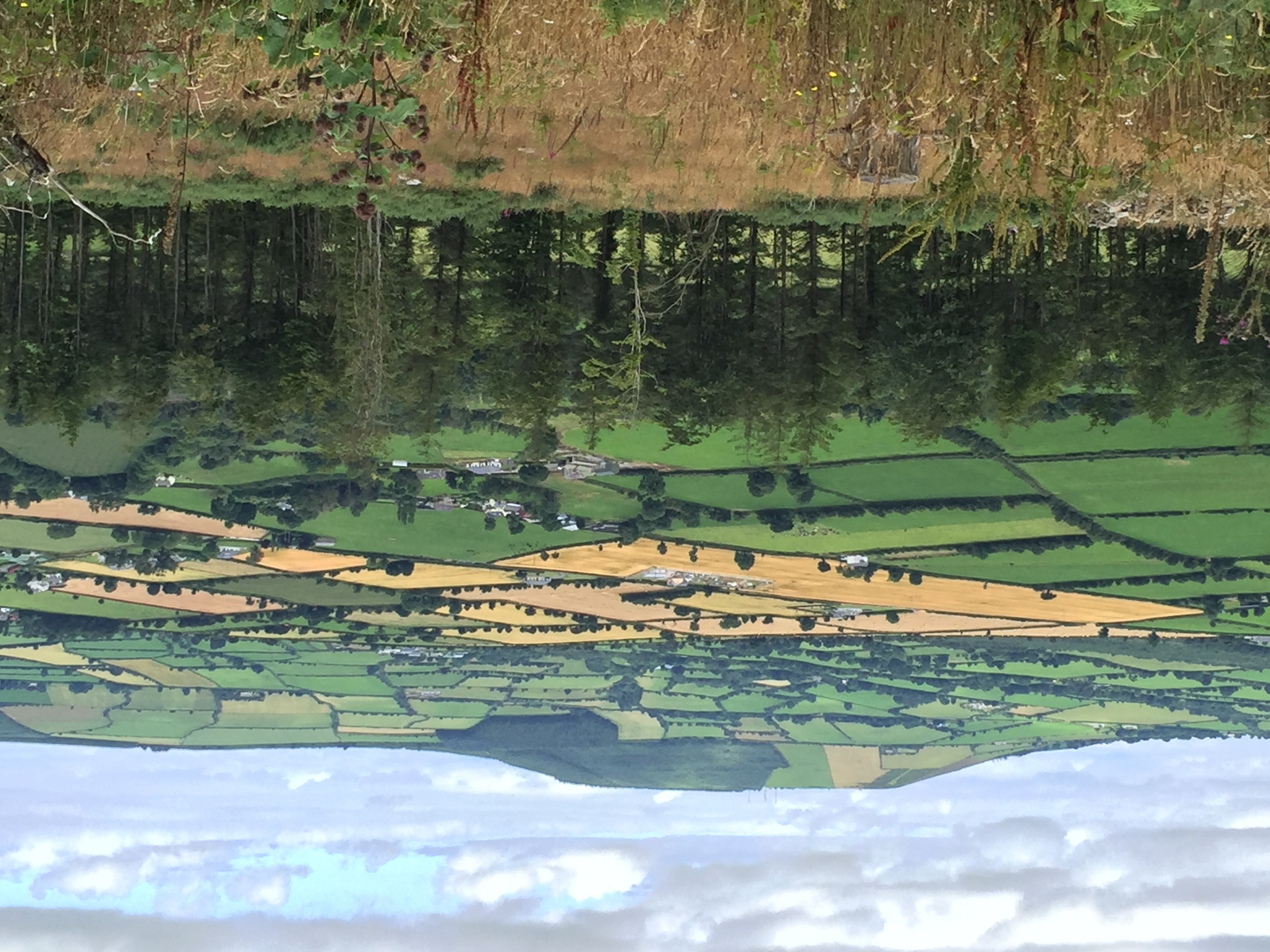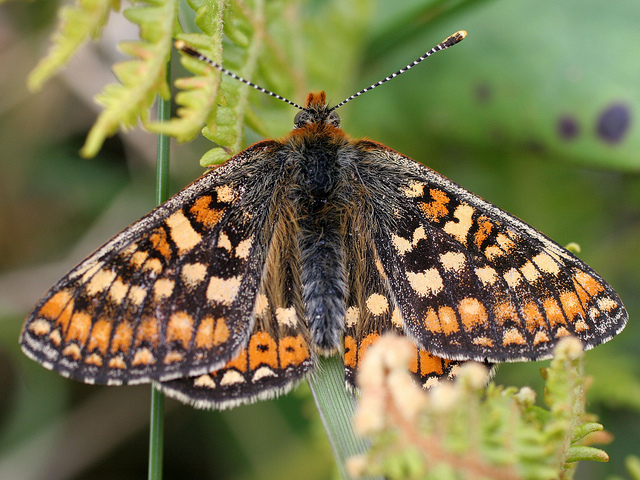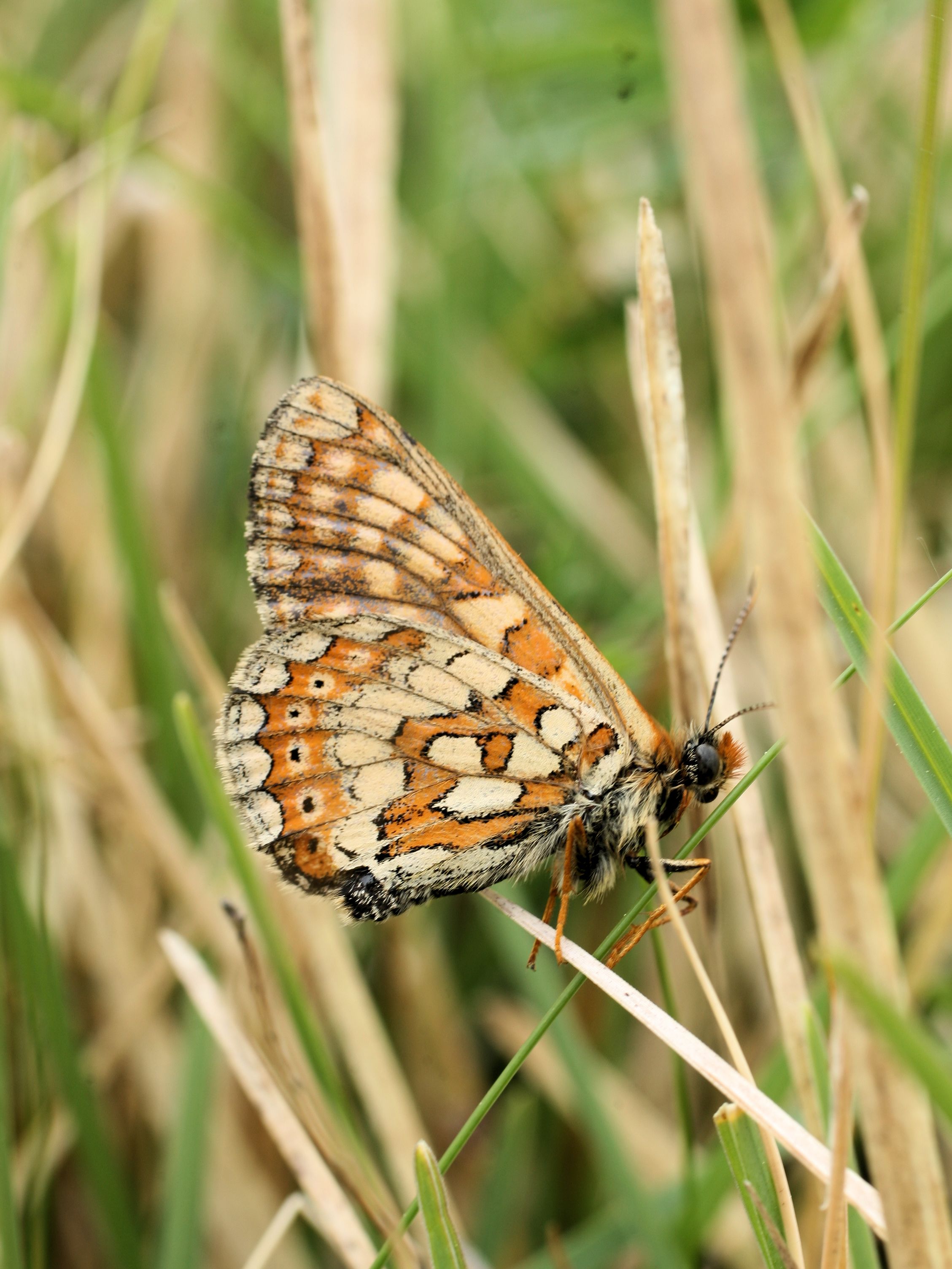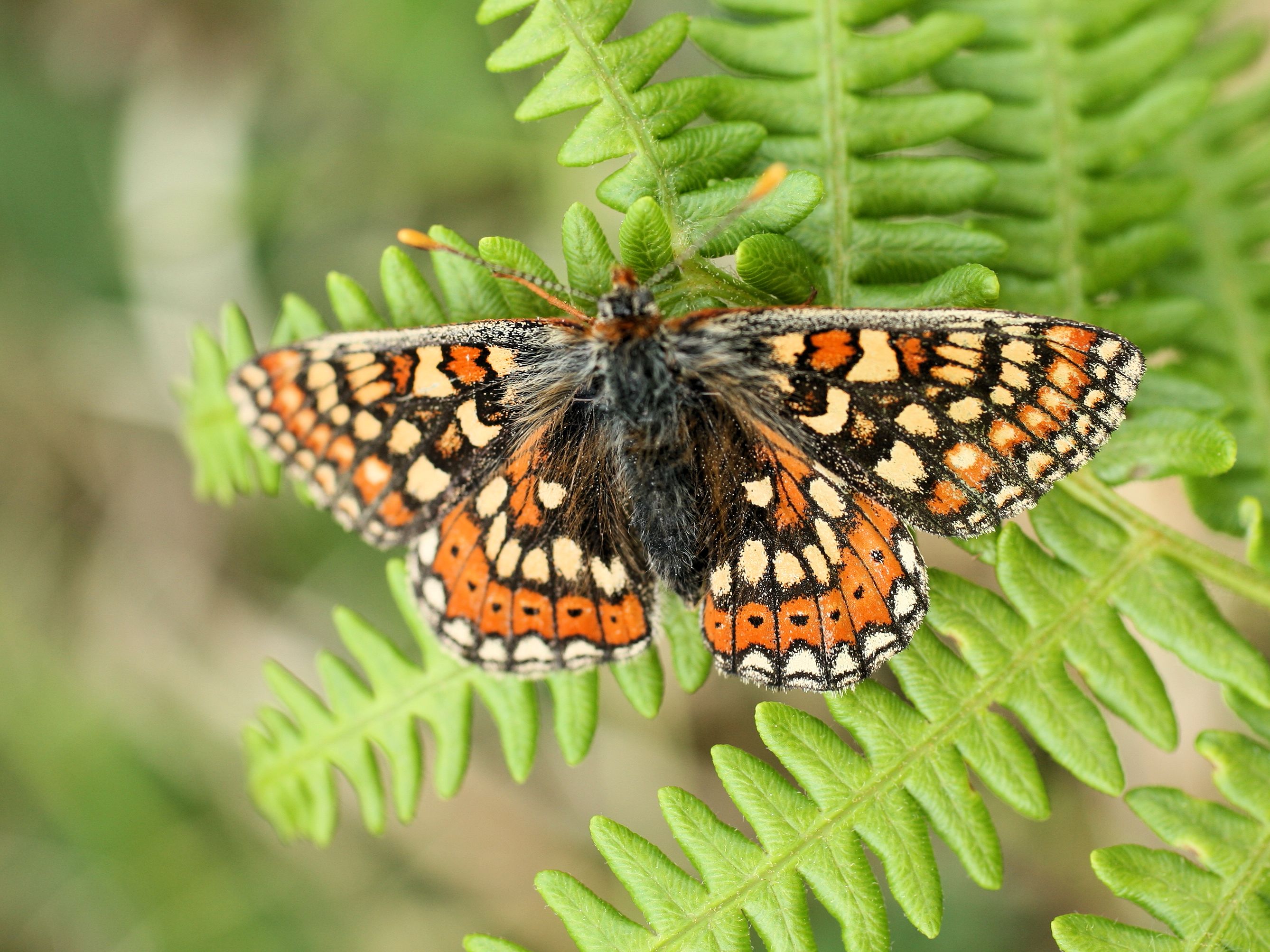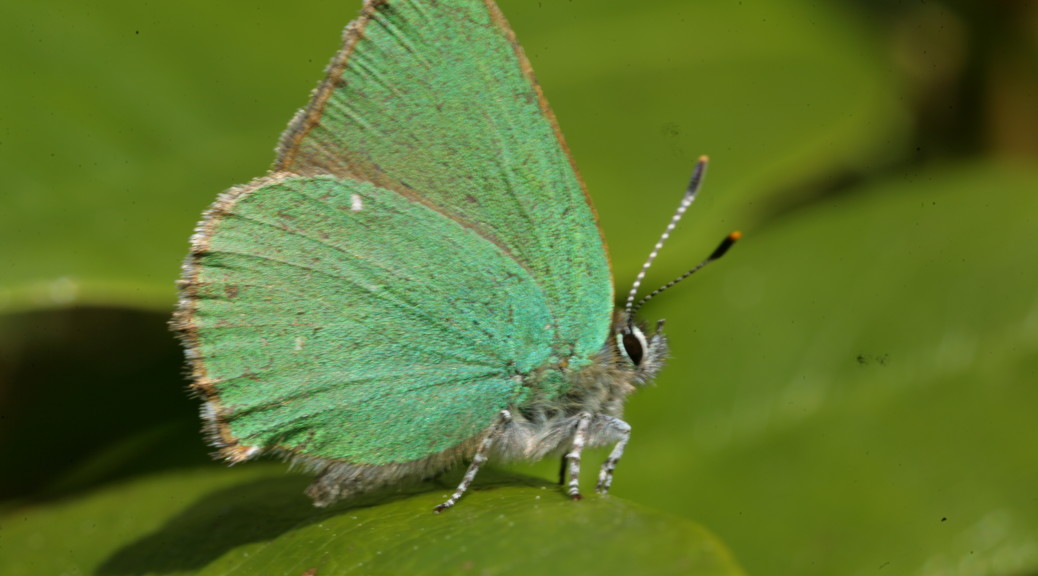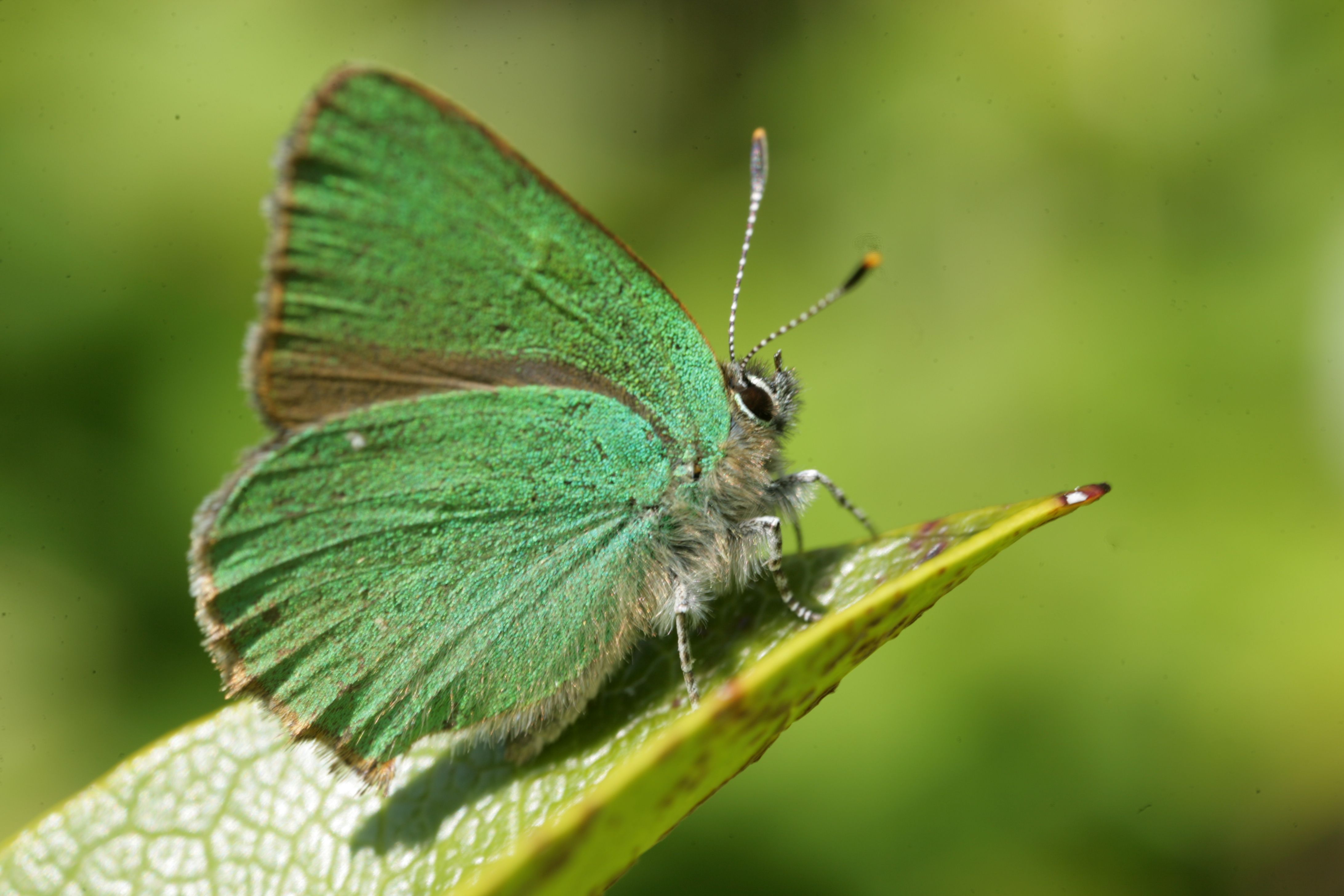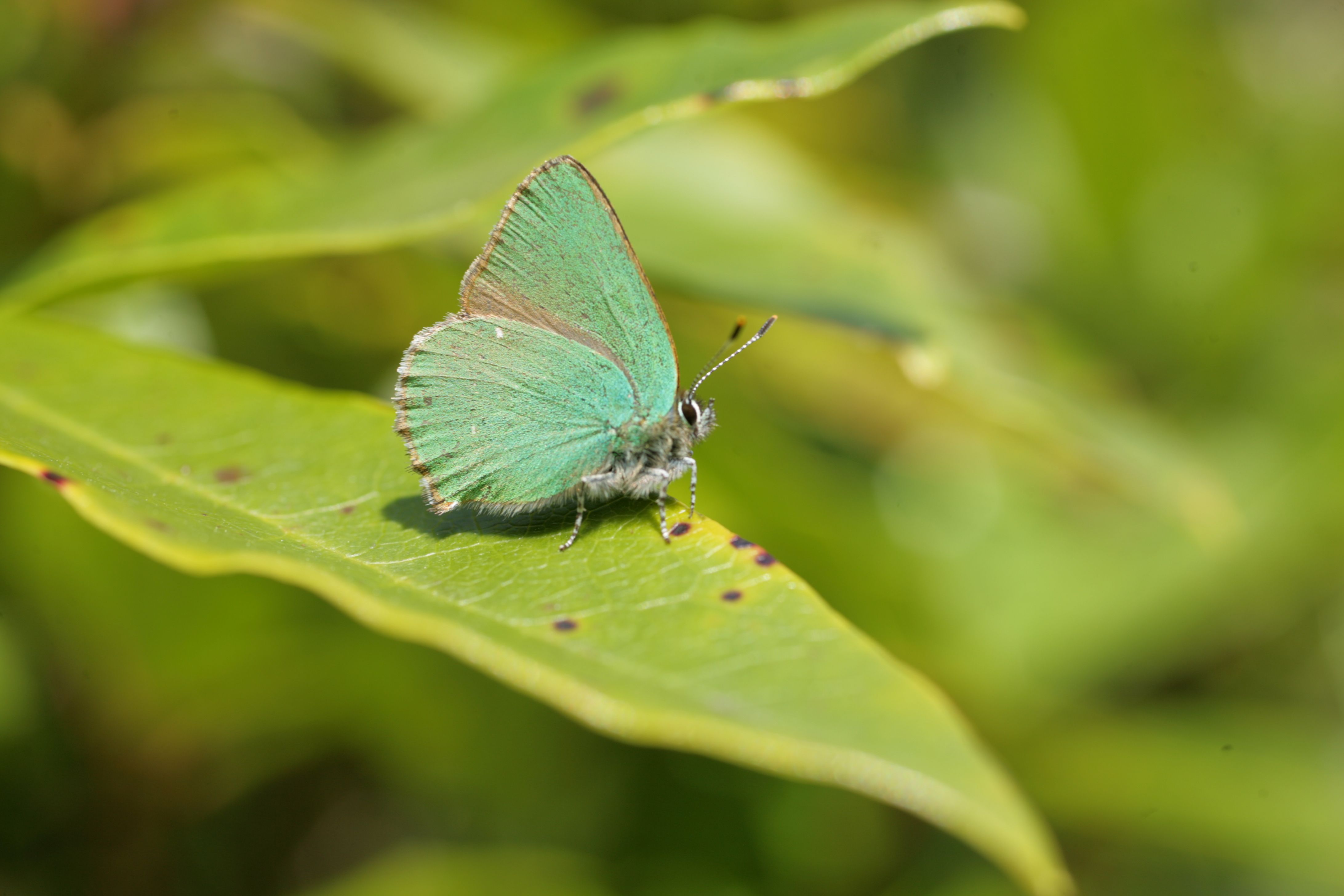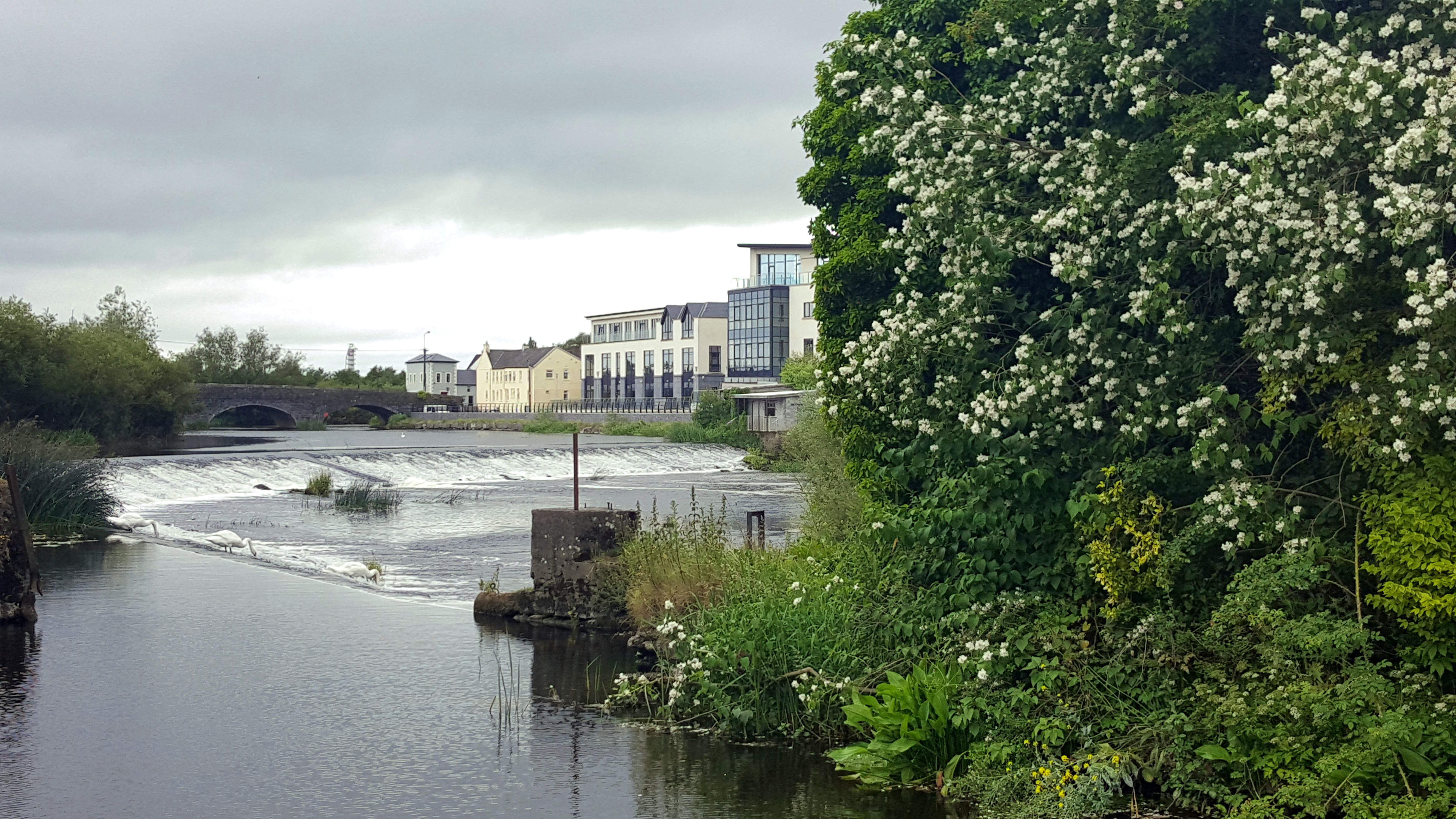
I know Carlow well as I drive or cycle through here regularly. I have never entered and exited Carlow via the river so this gave me a new fresh perspective on the town. And it is two contrasting perspectives; the northern section with its wonderful new promenade trying to stimulate riverside development and the southern section passing through a rather dreary old industrial backwater. Rivers are an asset to any town, but they require investment to make the most of that asset.
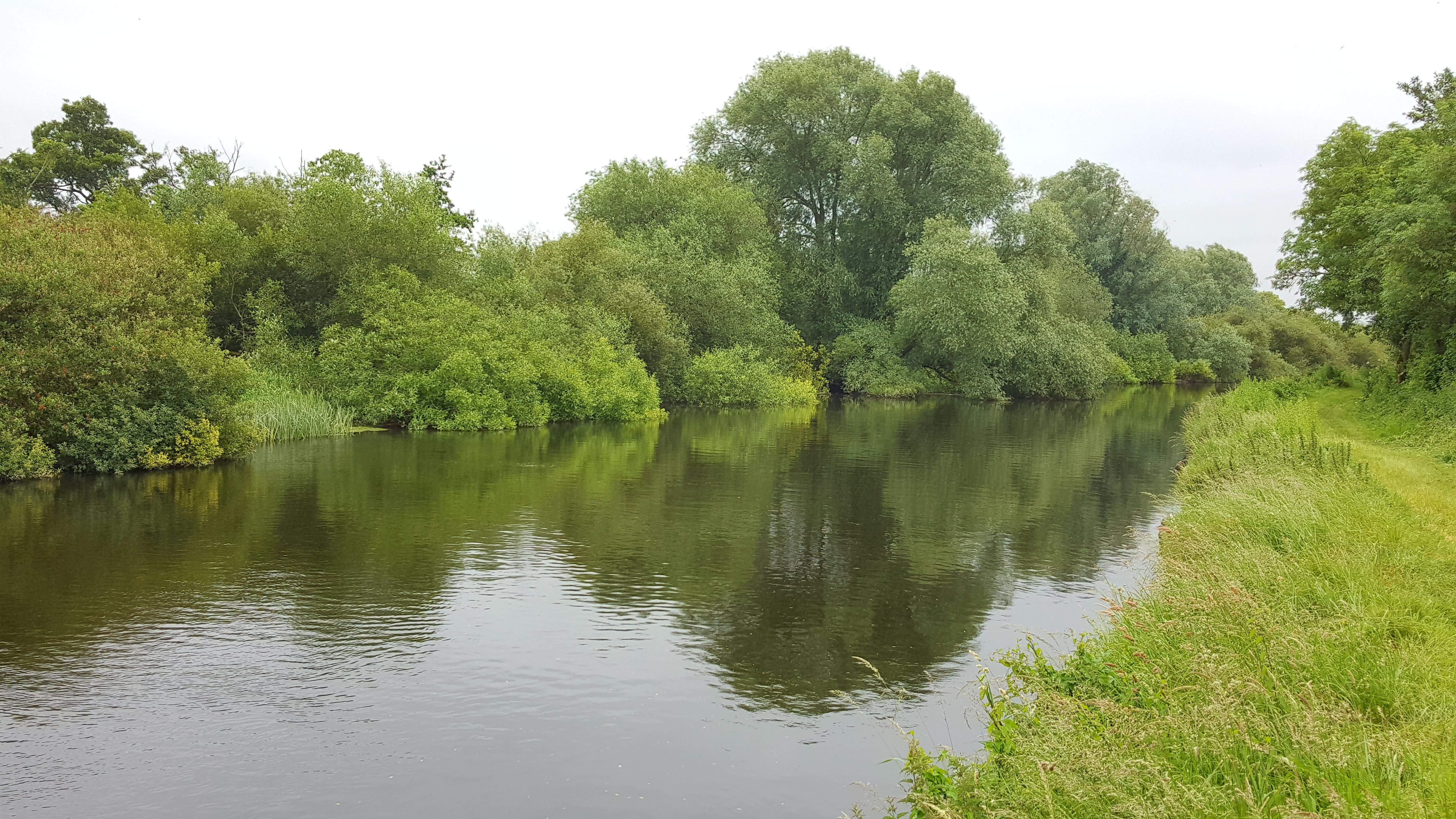
Today’s walk took me from Carlow to Bagenalstown, a rather leisurely 19km for which I was grateful as my feet were feeling the effects of the three previous day’s walking. South of Carlow the river runs parallel to the main Carlow to Kilkenny Road and the back road to Milford. The riverside vegetation is dominated by willow. Willow usually forms scrubby growth but here along the eastern bank of the river, where they are allowed to grow freely, they form tall majestic trees. As I passed them I wondered how old they must be.
After about 8km the river passes through Milford, a lovely picturesque spot. This is a place where locals come to picnic or use as the starting point for a walk along the river. The site is overlooked by the massive Spring Stream Mills, which in 1891 was the source of electricity to light Carlow, the first inland town in Ireland or Britain that was lighted at the time. After Milford the river follows a natural floodplain down to Bagenalstown giving views over the lush Carlow landscape. I often thought that if more of the valley was allow to flood naturally it would have the dual benefit of greatly relieving flooding further downstream while also providing wonderful wet grassland that would be of enormous biodiversity value.
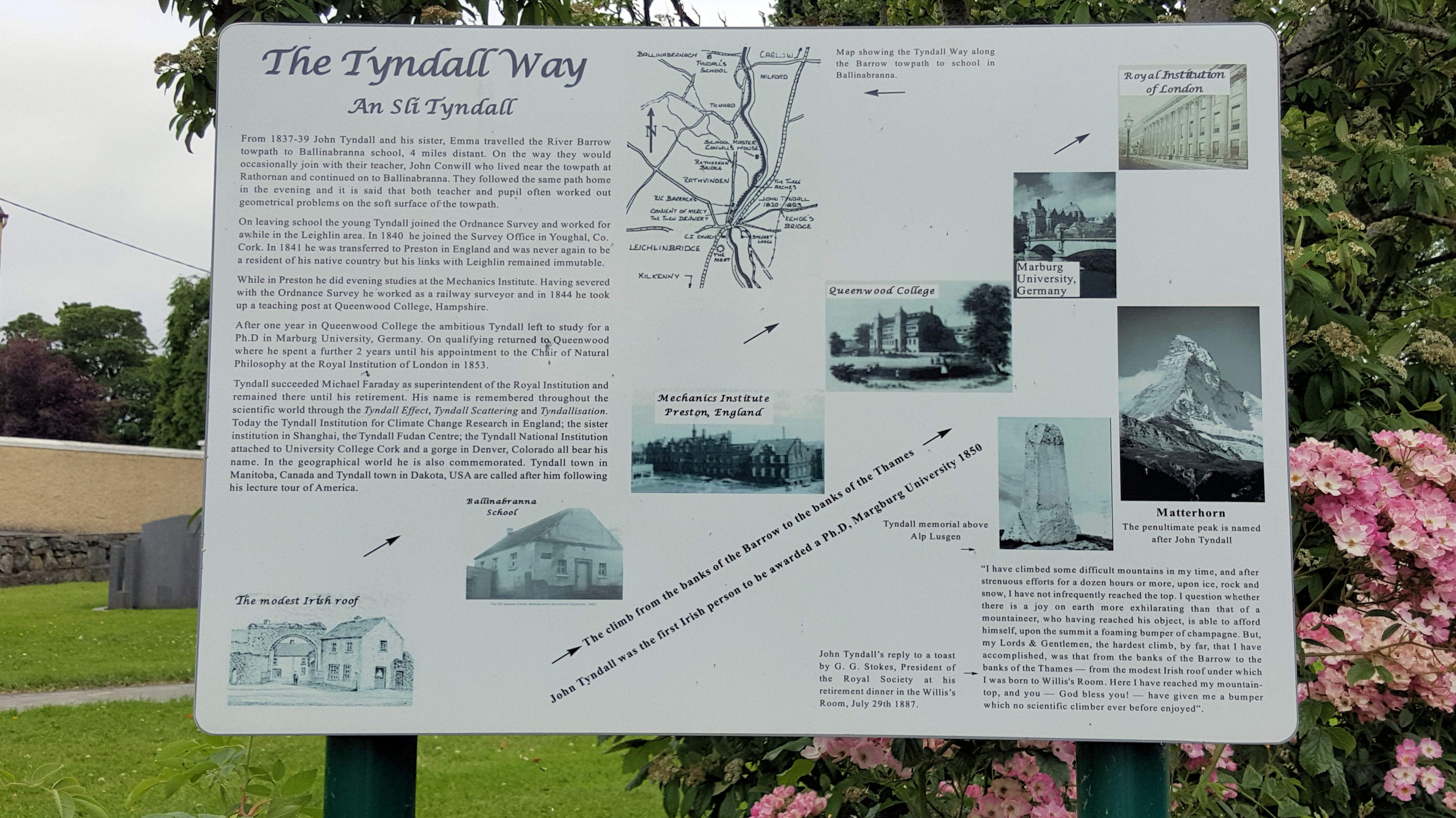
At the beautiful village of Leighlinbridge the local community has erected signs about the heritage and local history of the area which I found really interesting. I had forgotten, for example, that Leighlinbridge was the birthplace of the scientist John Tyndall who was the first to prove the ‘Greenhouse Effect’ of the earth’s atmosphere, a topic that has become central to understanding one of today’s key global crisis. Leighlinbrige is a place you could linger for there are points of interest to explore because the local community takes pride in showing off what they have. Like the Black Castle which guarded the strategically important crossing of the Barrow in the 12th Century about which, much to my shame, I knew nothing. This contrasted starkly with the attitude of Waterways Ireland to presenting the wonderful Barrow to visitors using that facility.
As I noted already, not a sign or information board could I find about any aspect of the canal and towpath – signs galore telling me that I can’t swim, trespass, park or bring my horse – but not one to welcome me, to tell me about the route I am exploring, or even providing me with a simple bench to rest my weary feet for a while. Only now has Waterways Ireland appeared to have woken up to the fact that they are custodians of the waterway as a public space, and have moved into overdrive anxious not just to get the basics right, but to provide an amenity for everyone (a multi-activity amenity) and solving the economic development problems for the region in one fell swoop. Going from having difficulty in delivering on basic management and core roles to grandiose plans for change is an age-old symptom of public bodies, a symptom I experienced at first hand when I worked for the Office of Public Works with its plans for building a magnificent Interpretative Centre at Mullaghmore in the Burren. For bodies such as these, it is an ‘all or nothing’ management strategy. It should be said, this is not a good management strategy.
